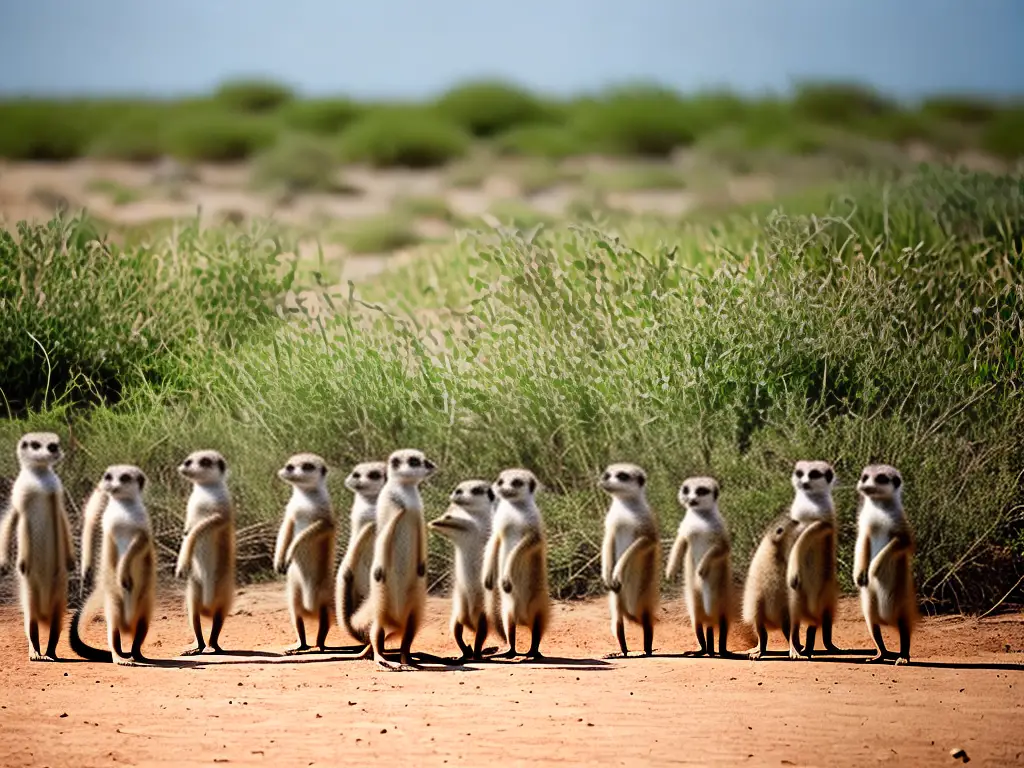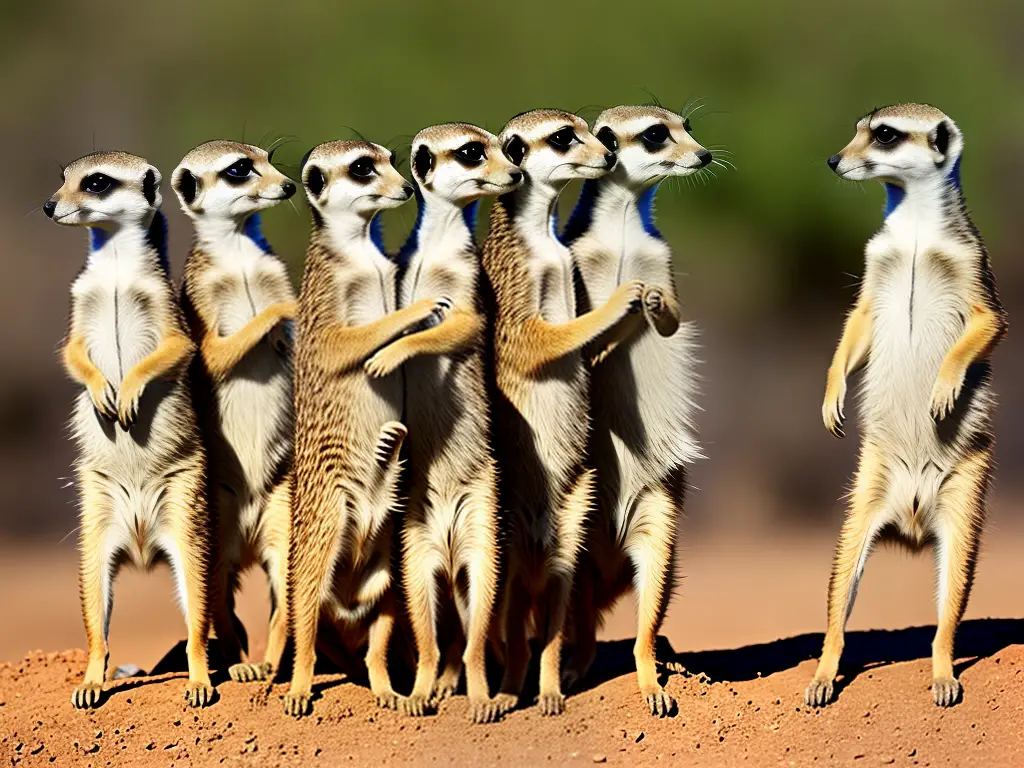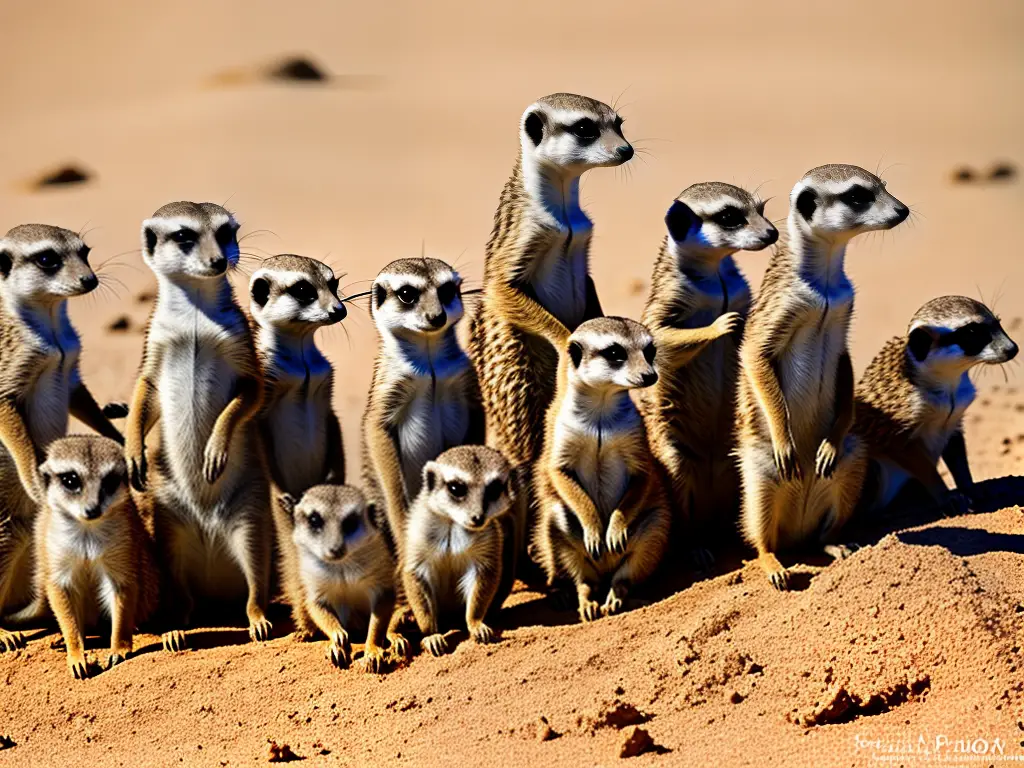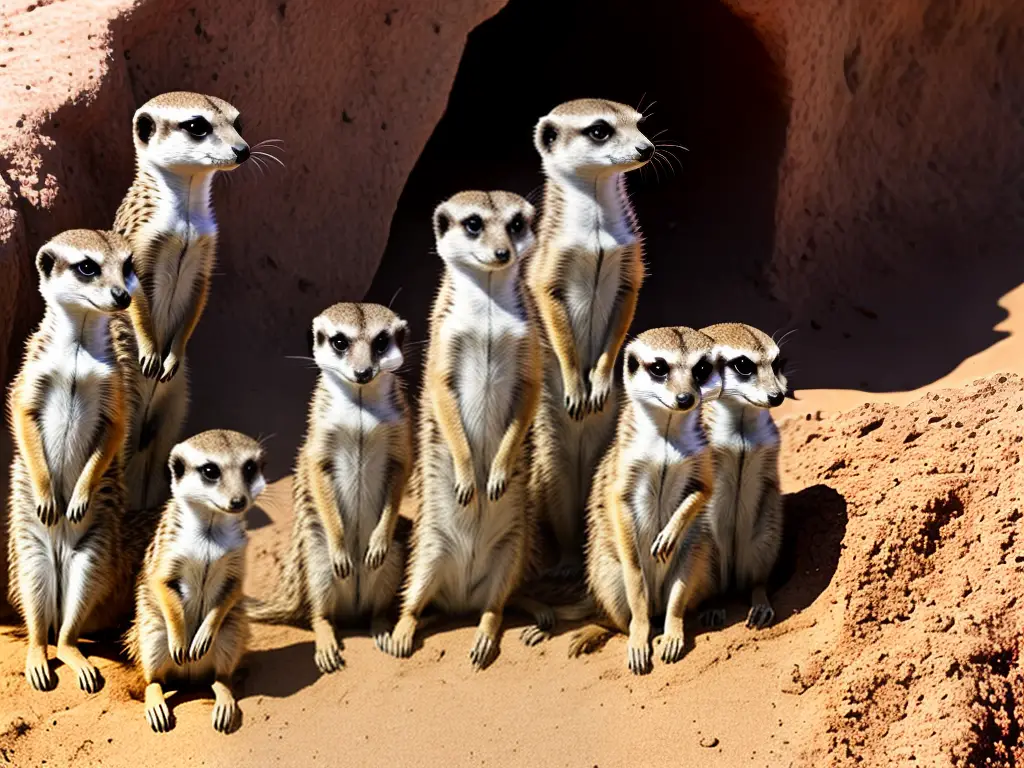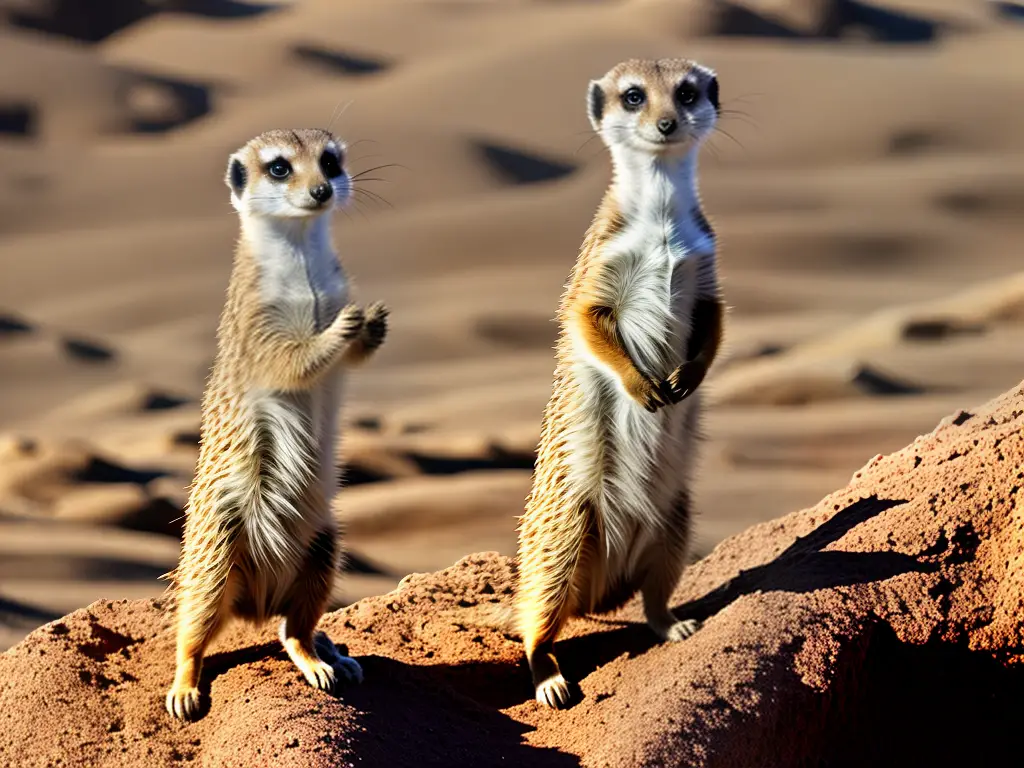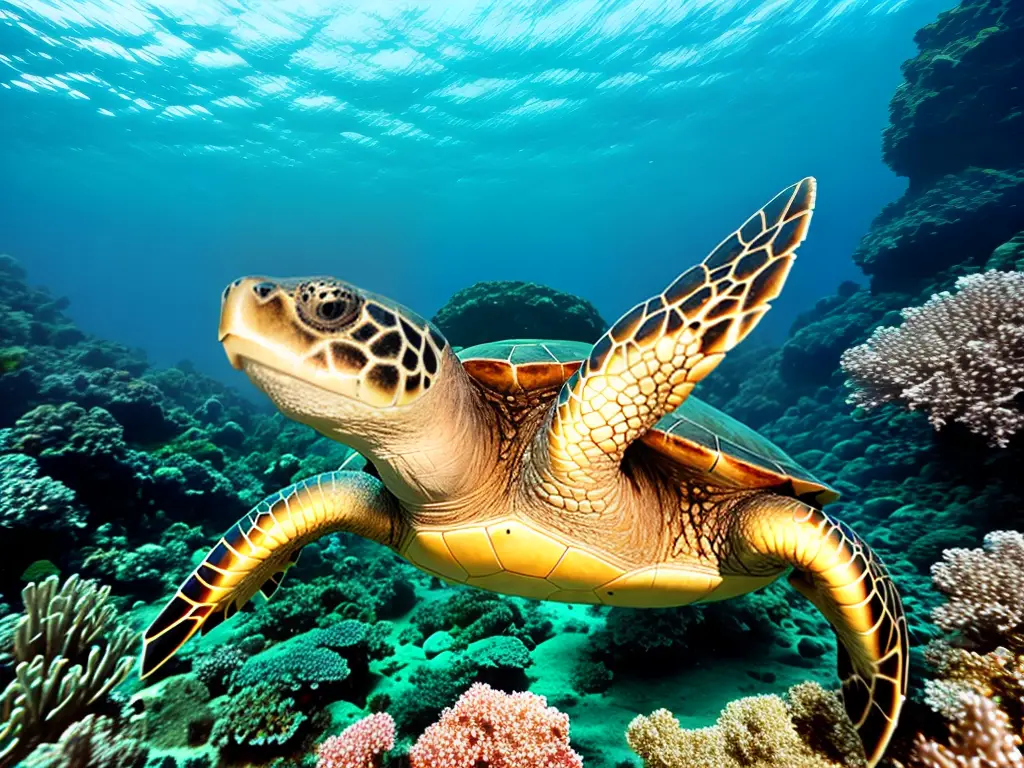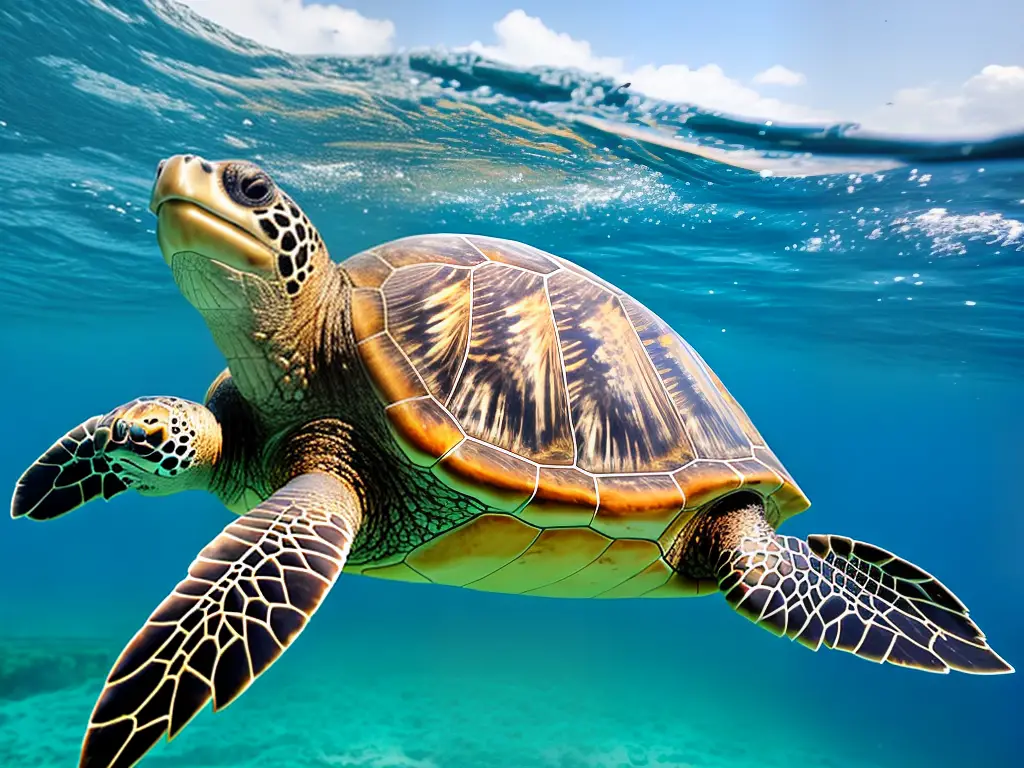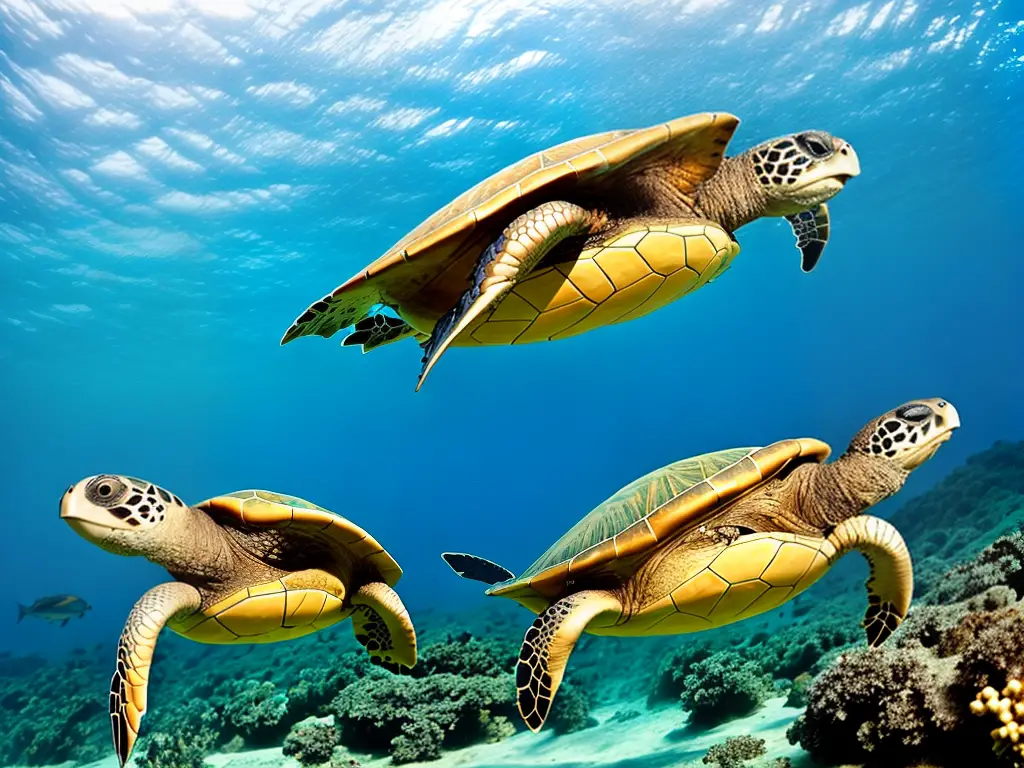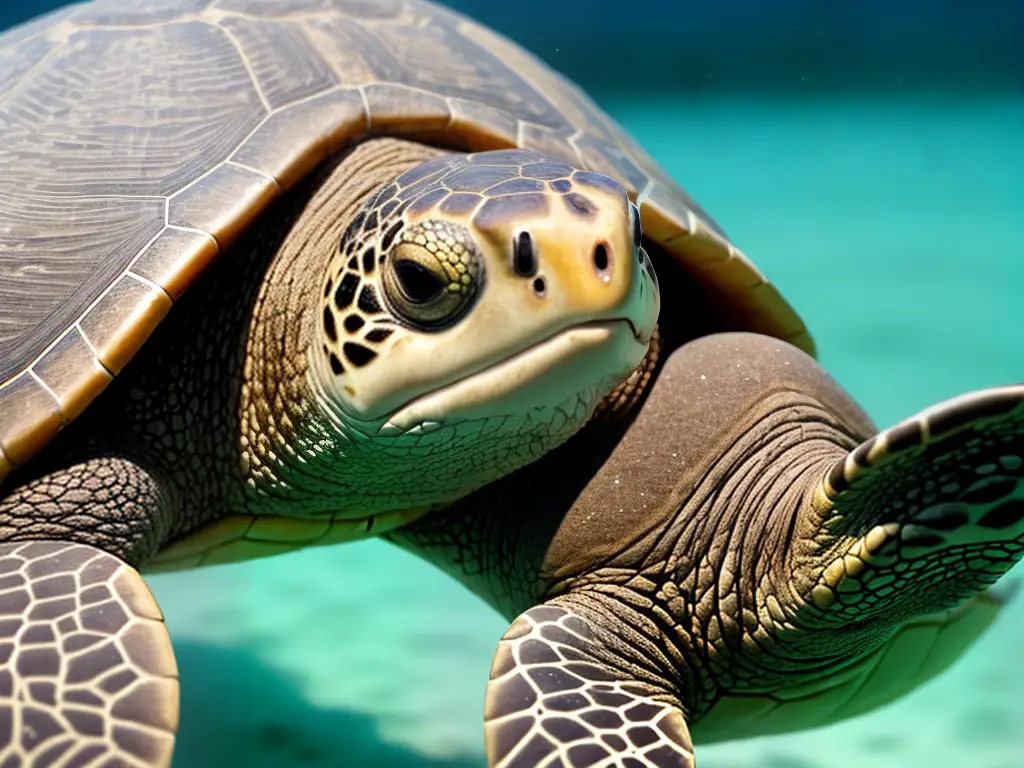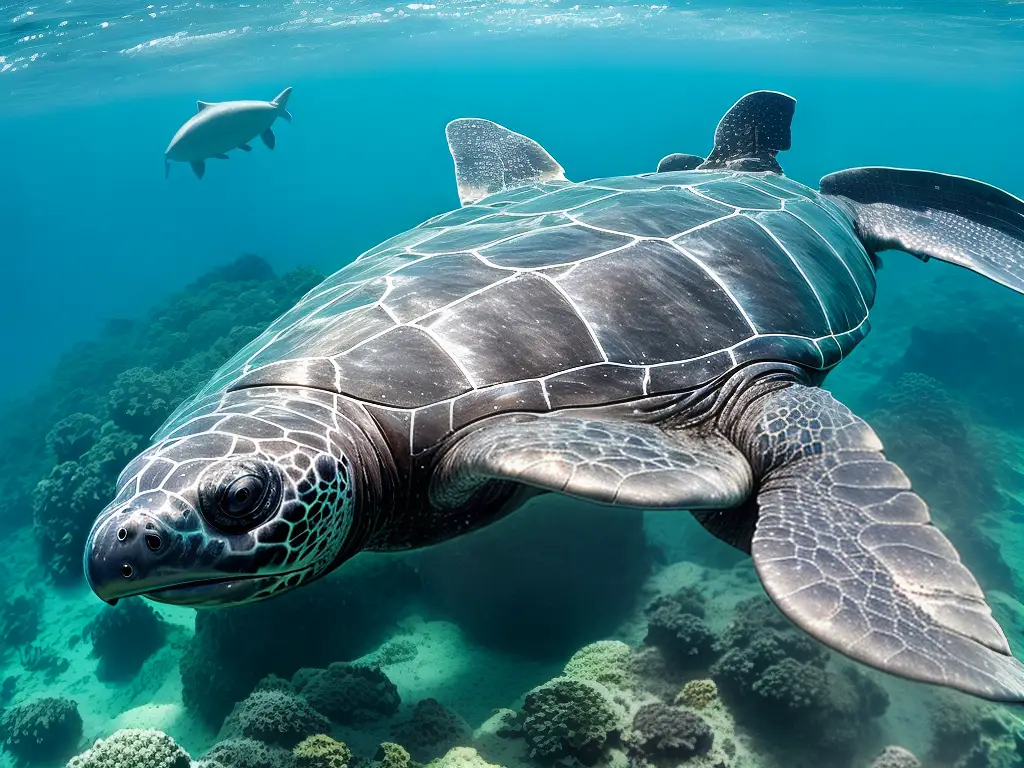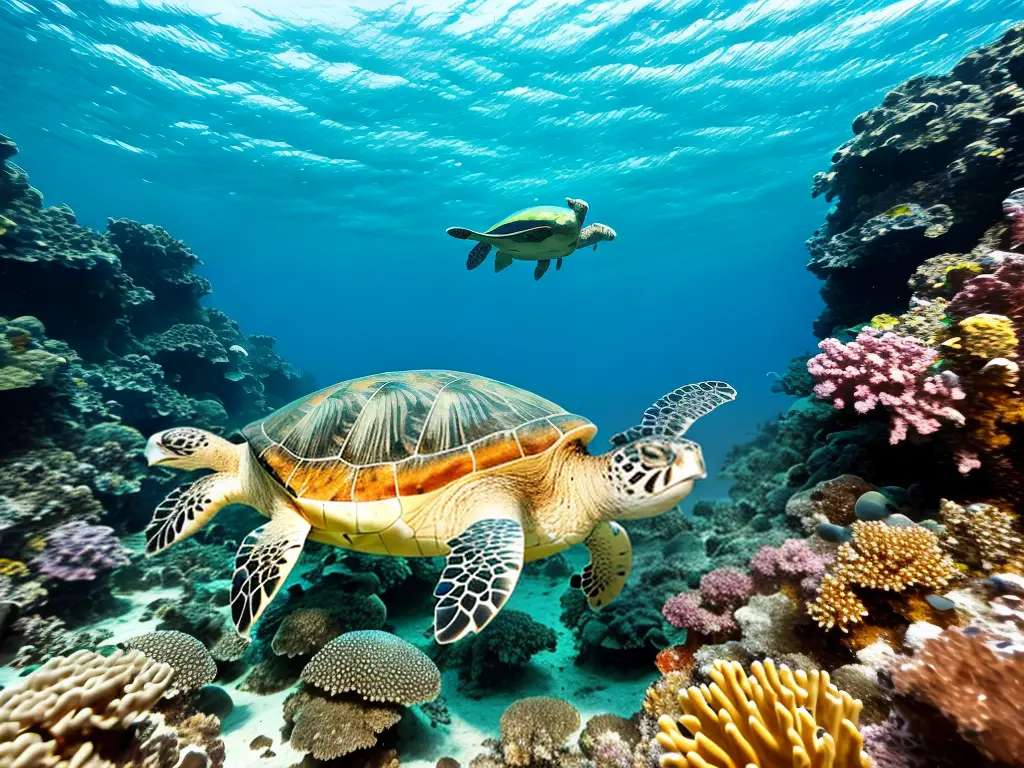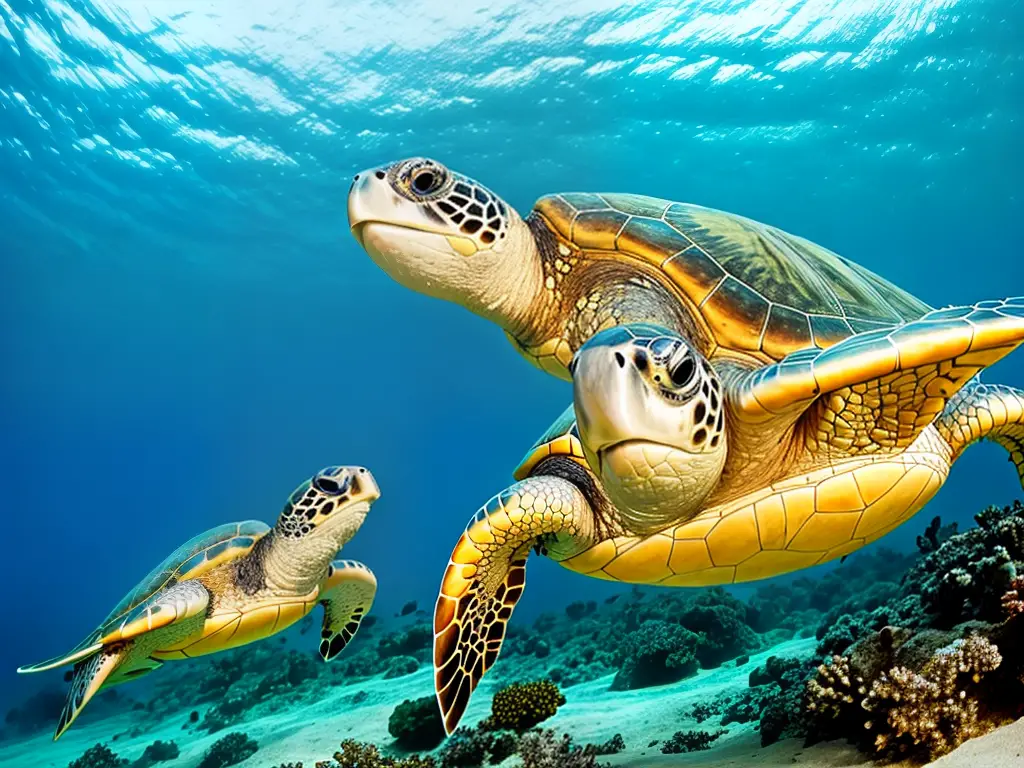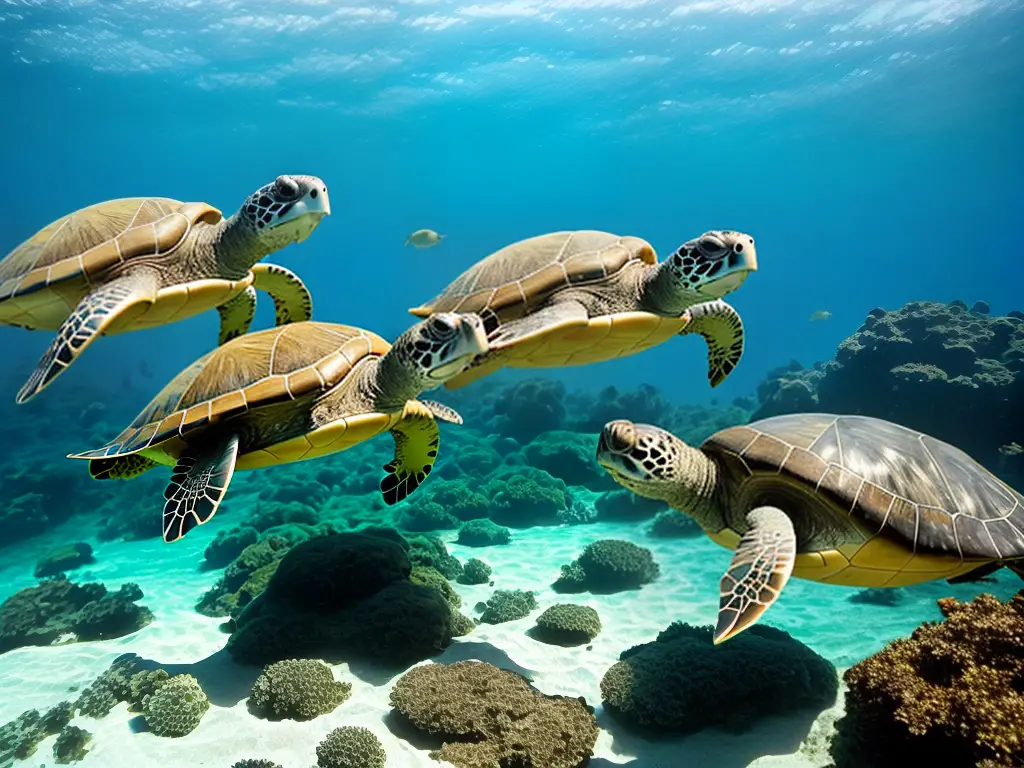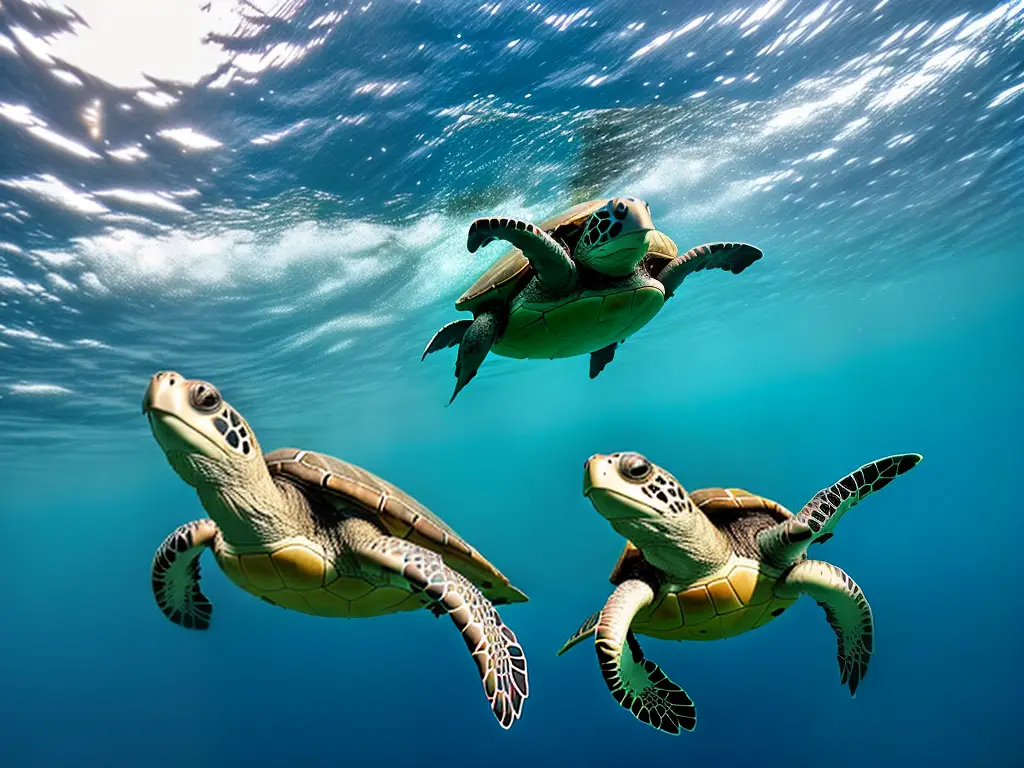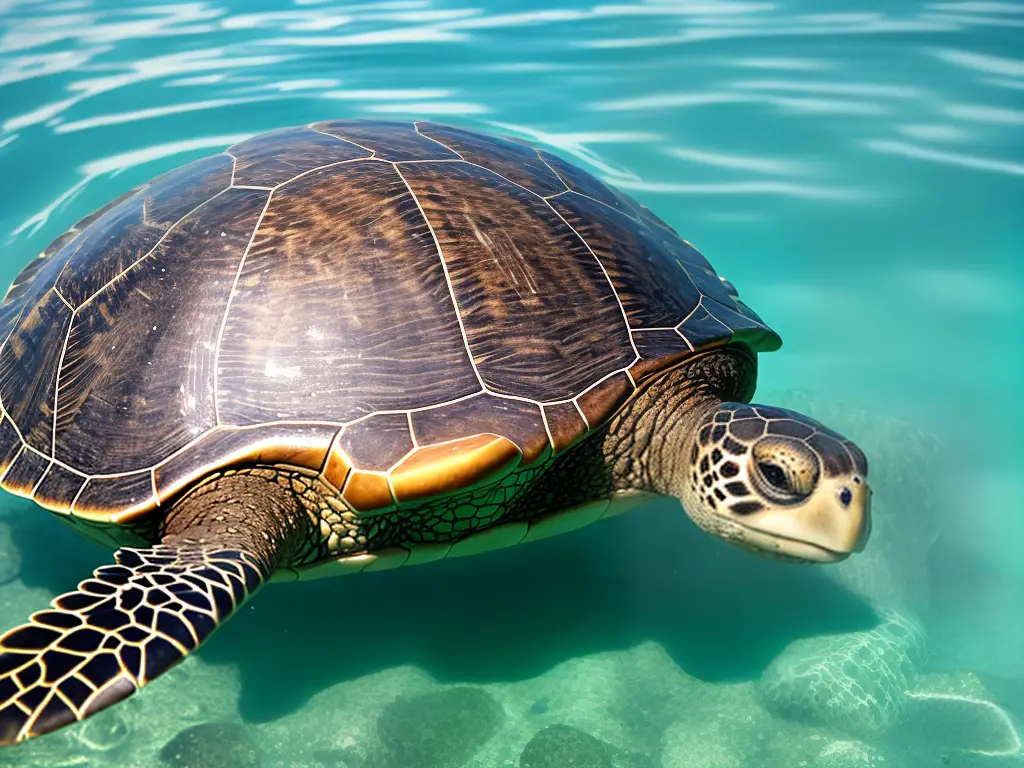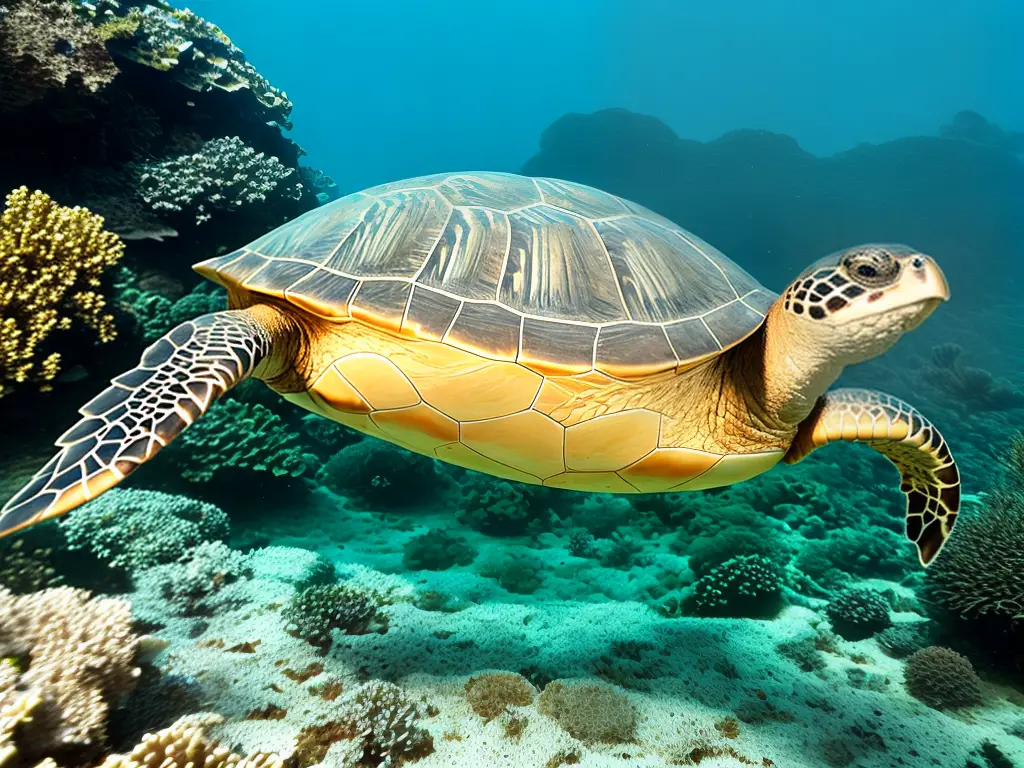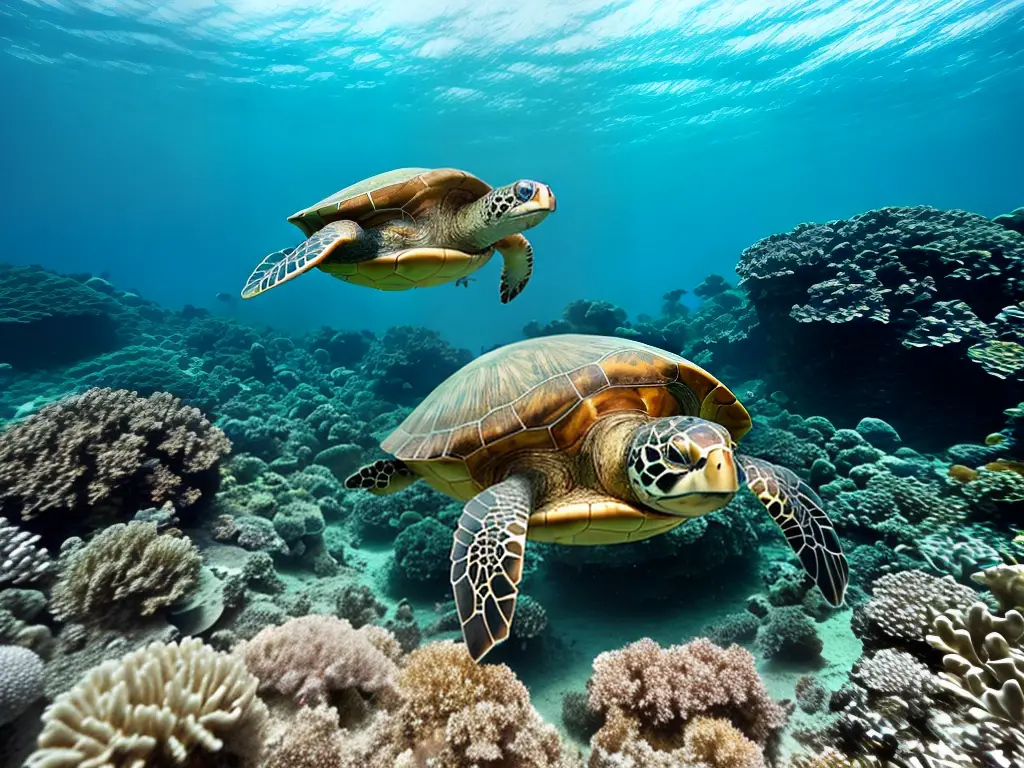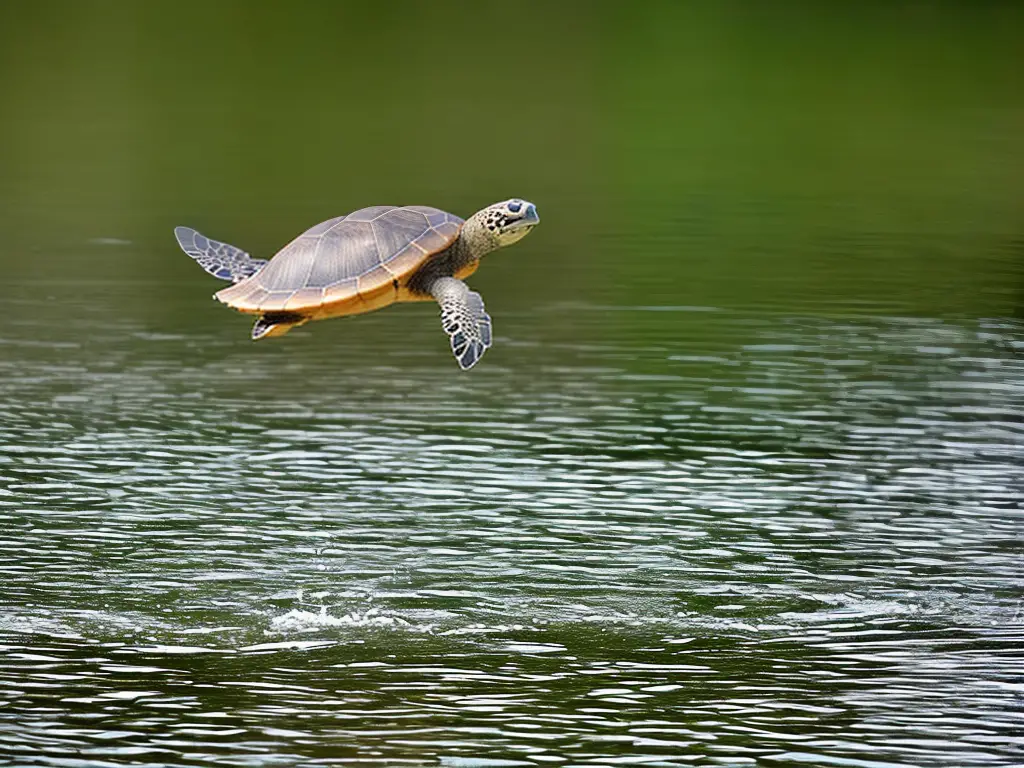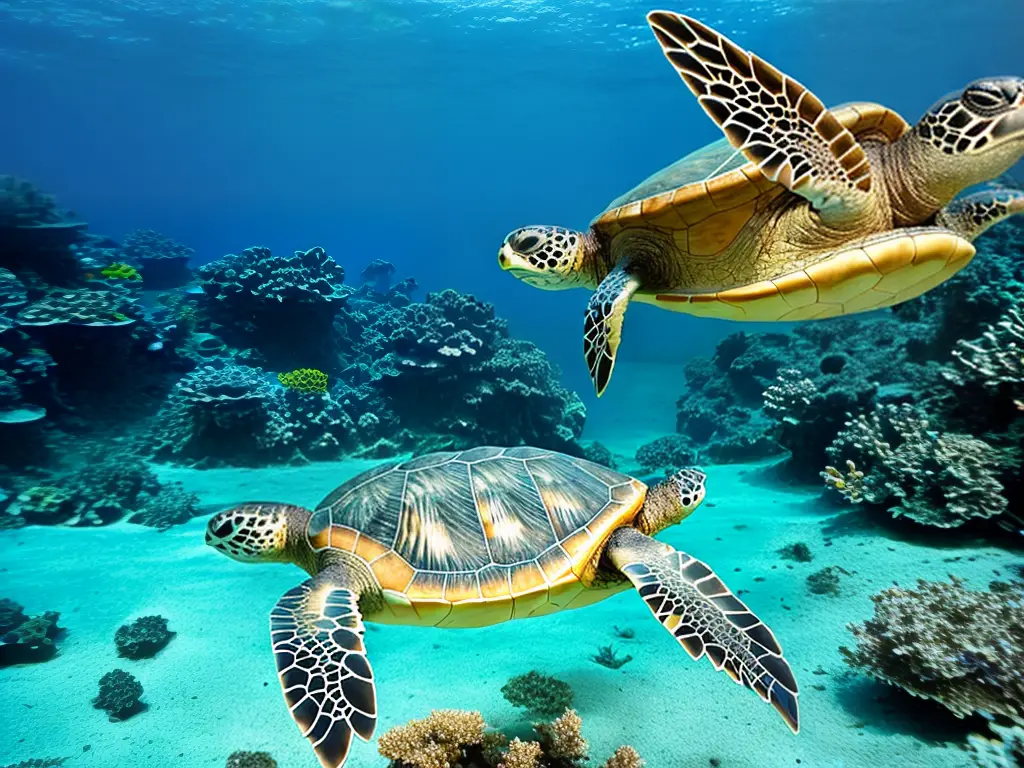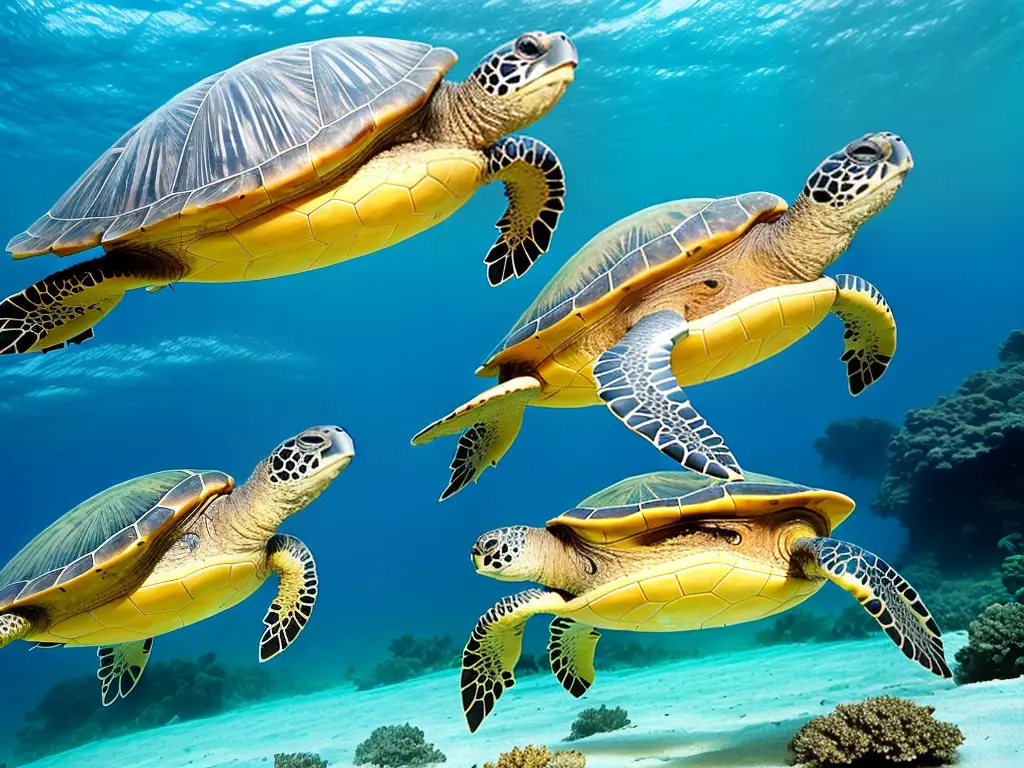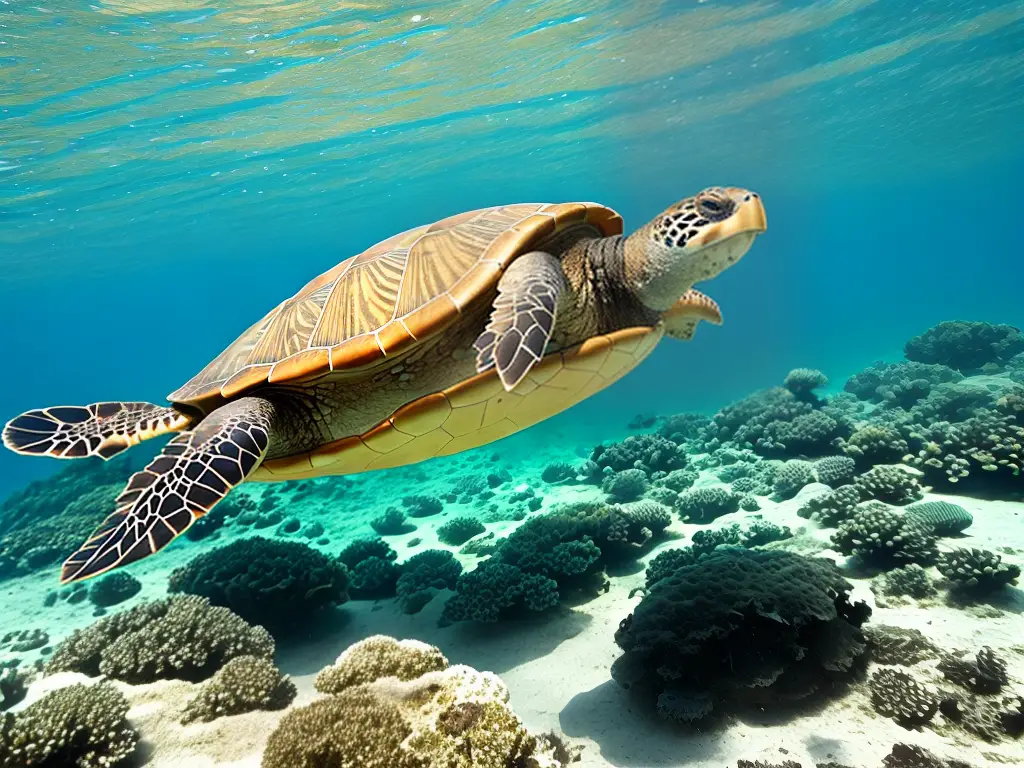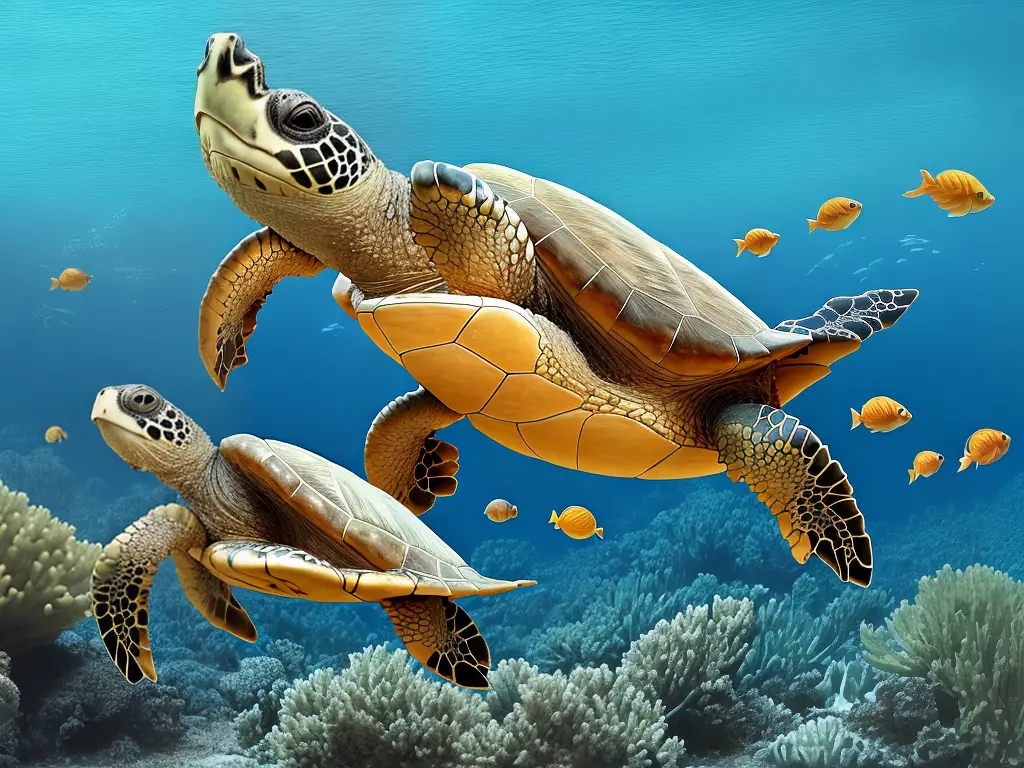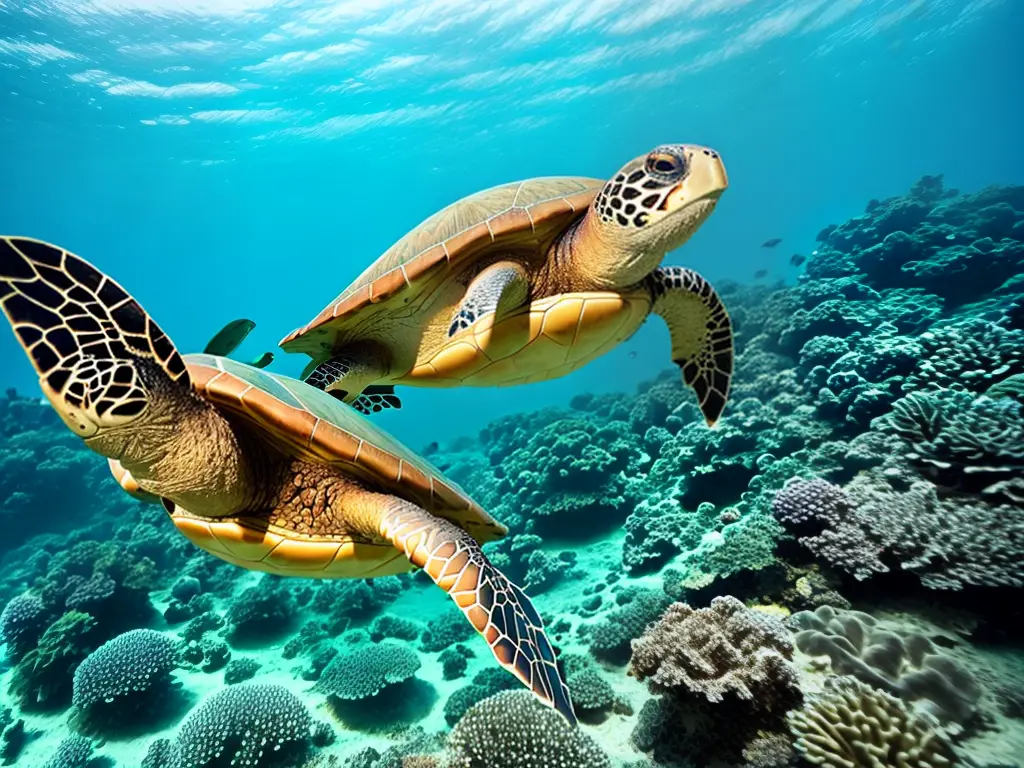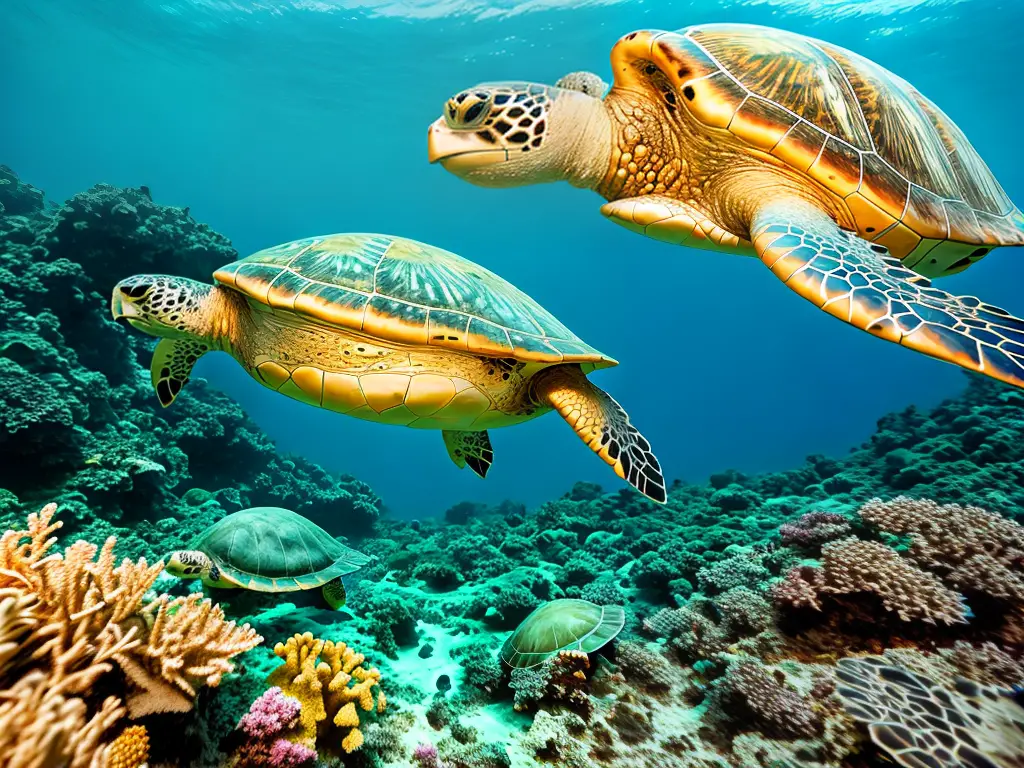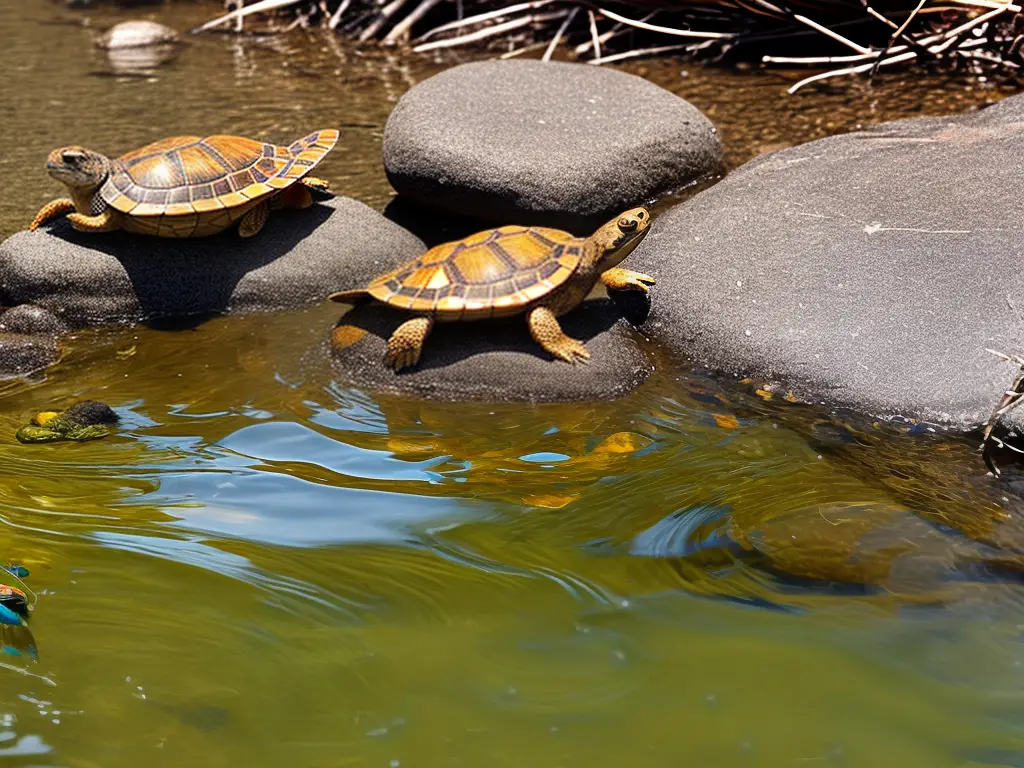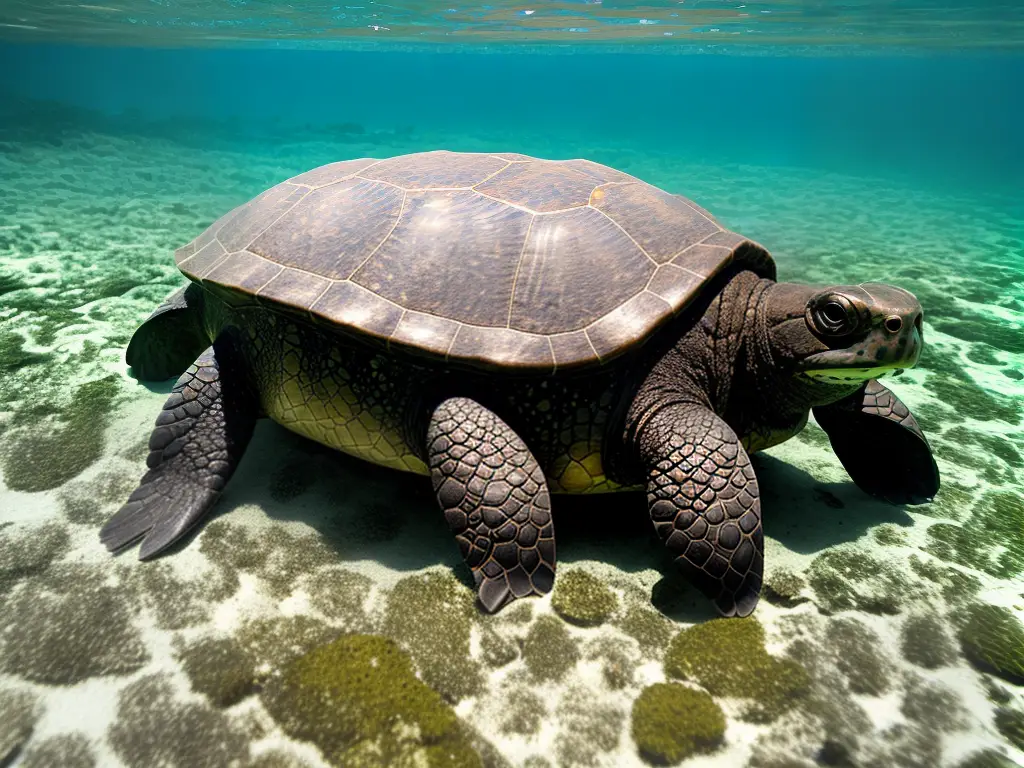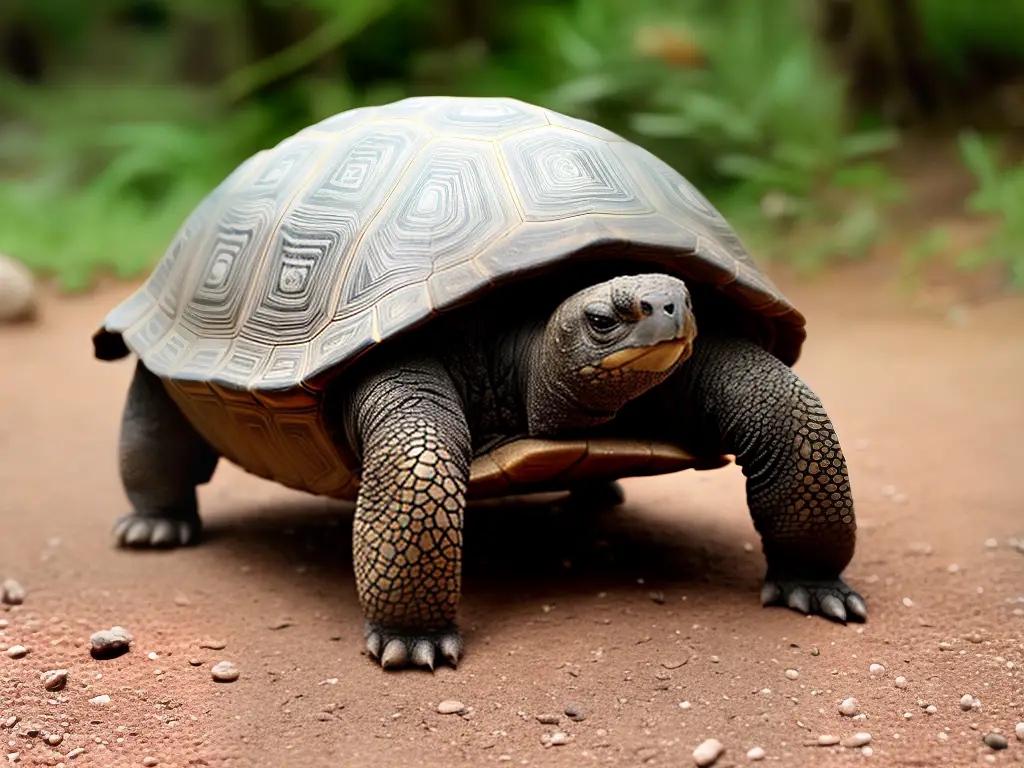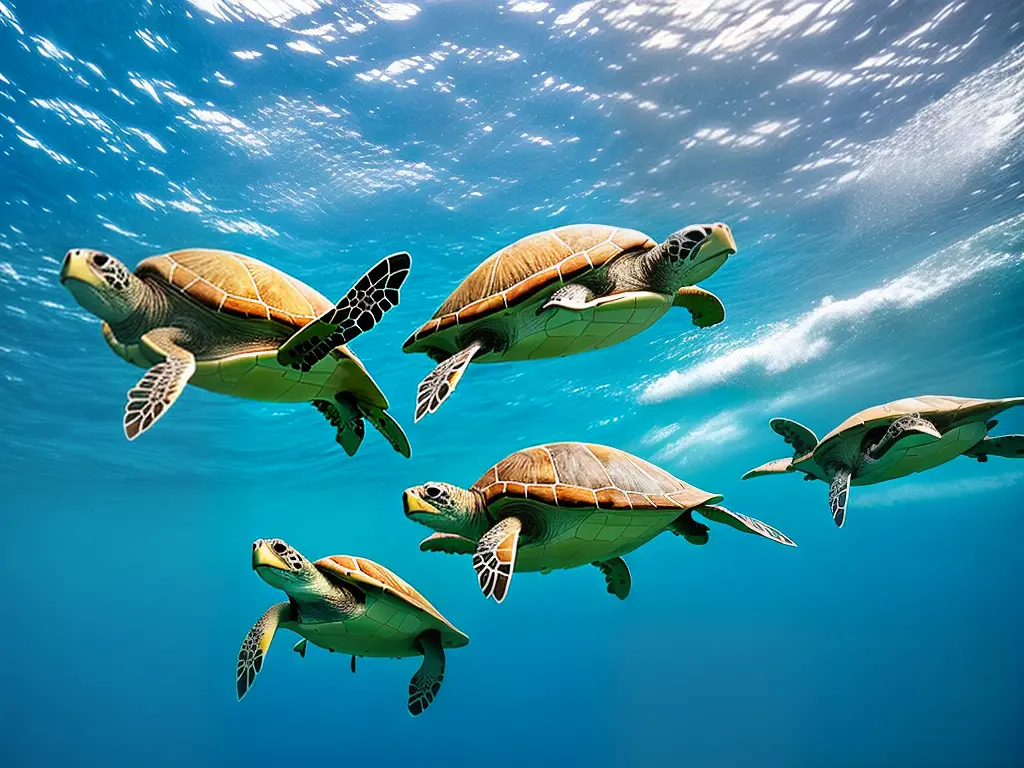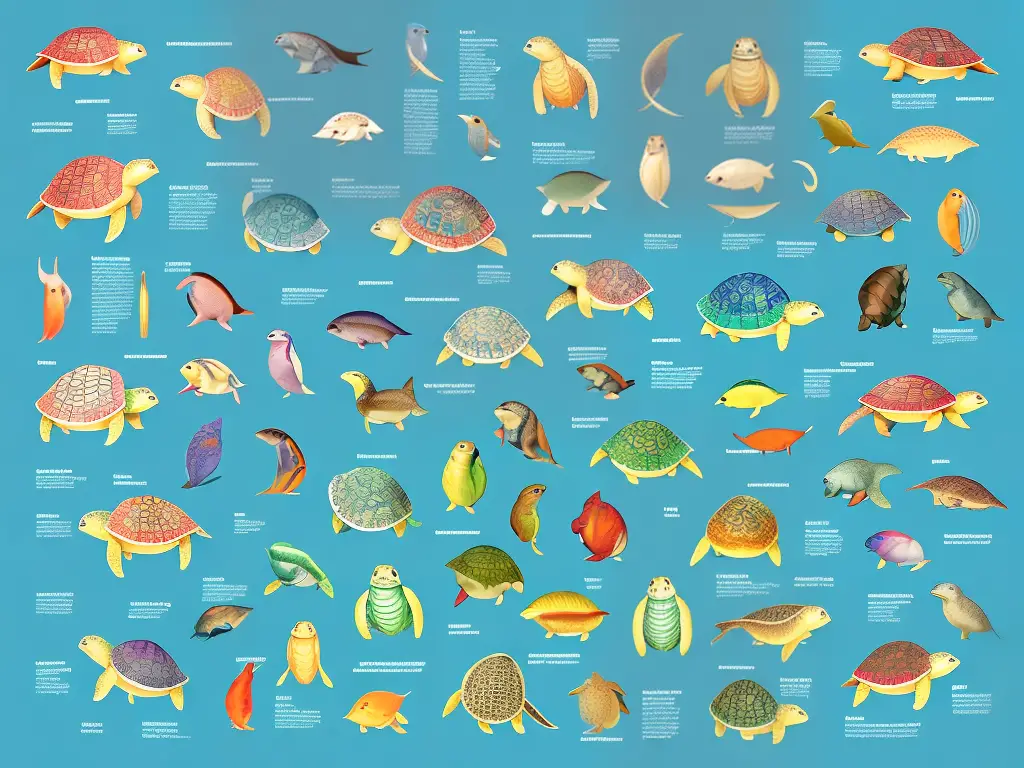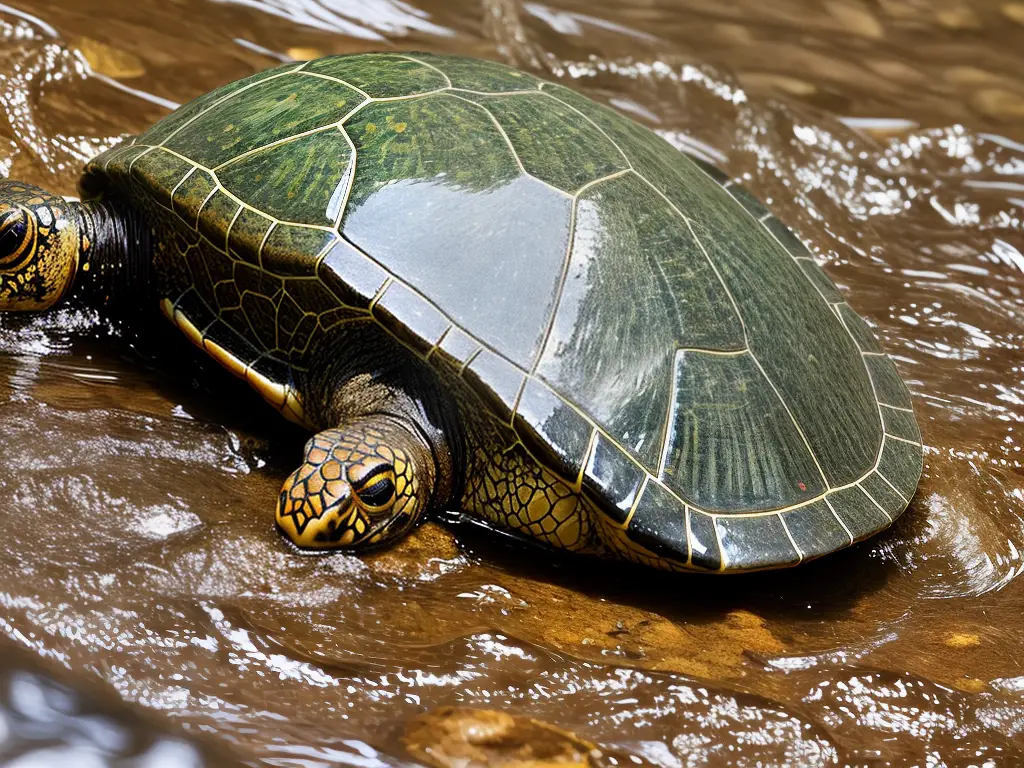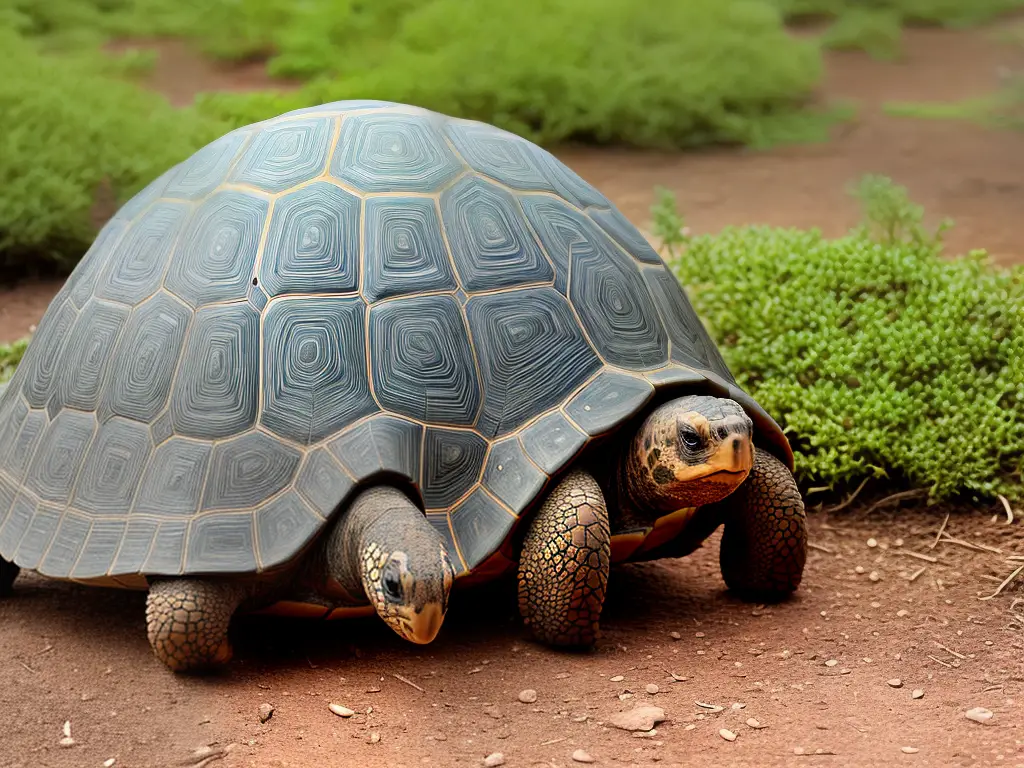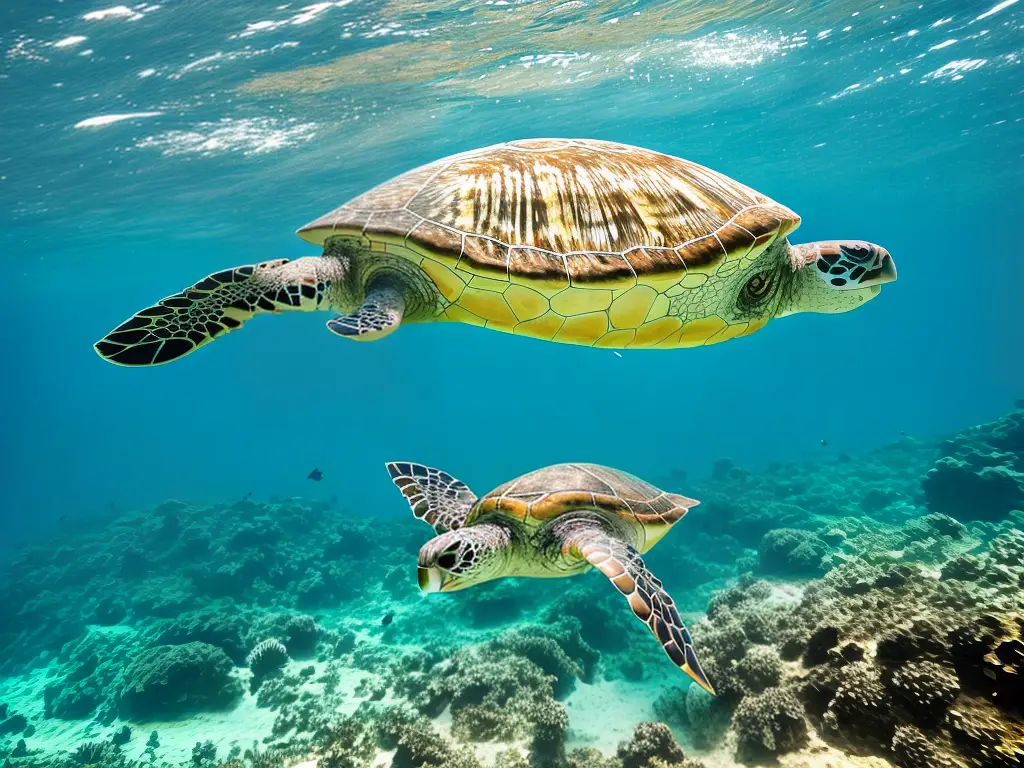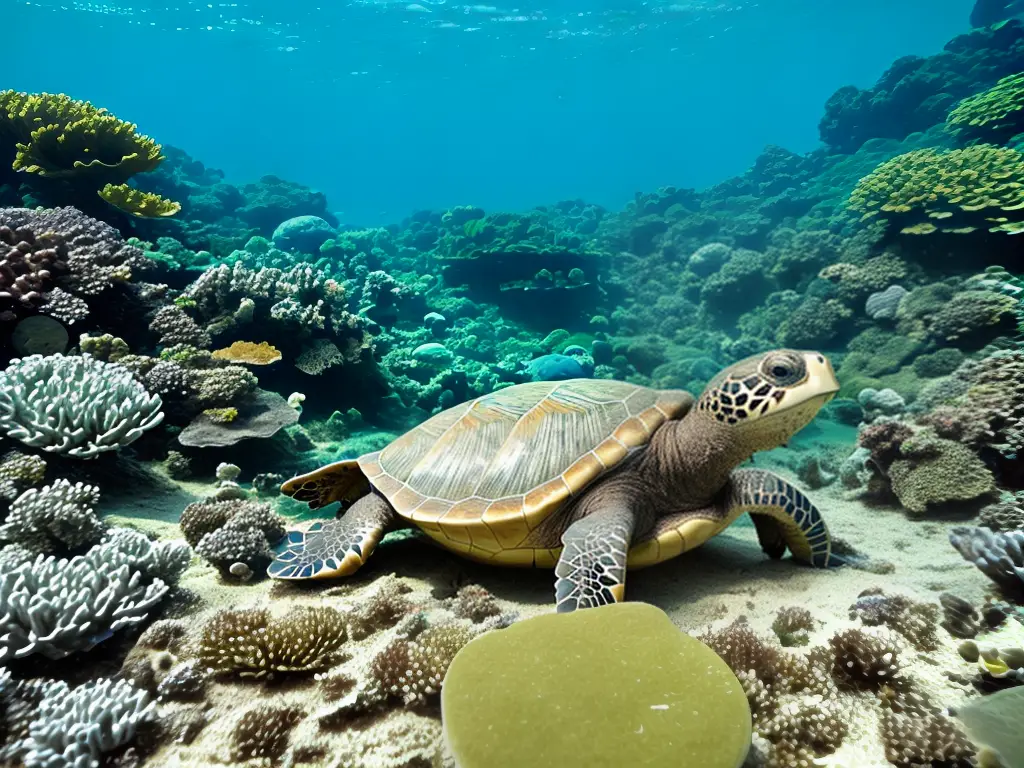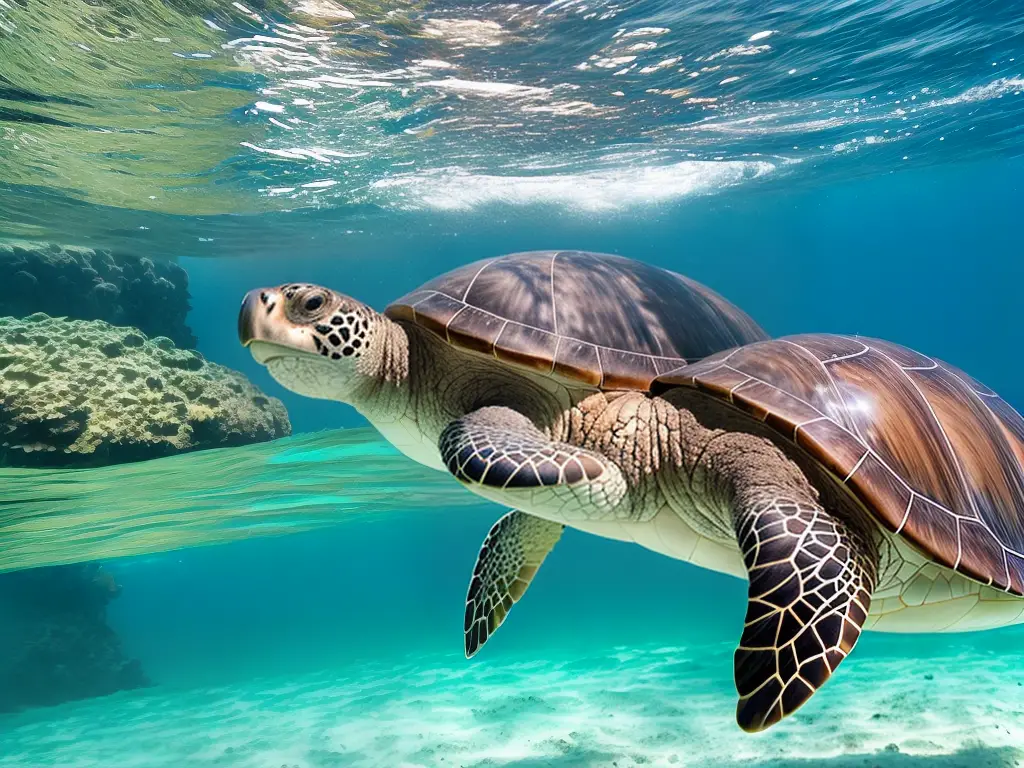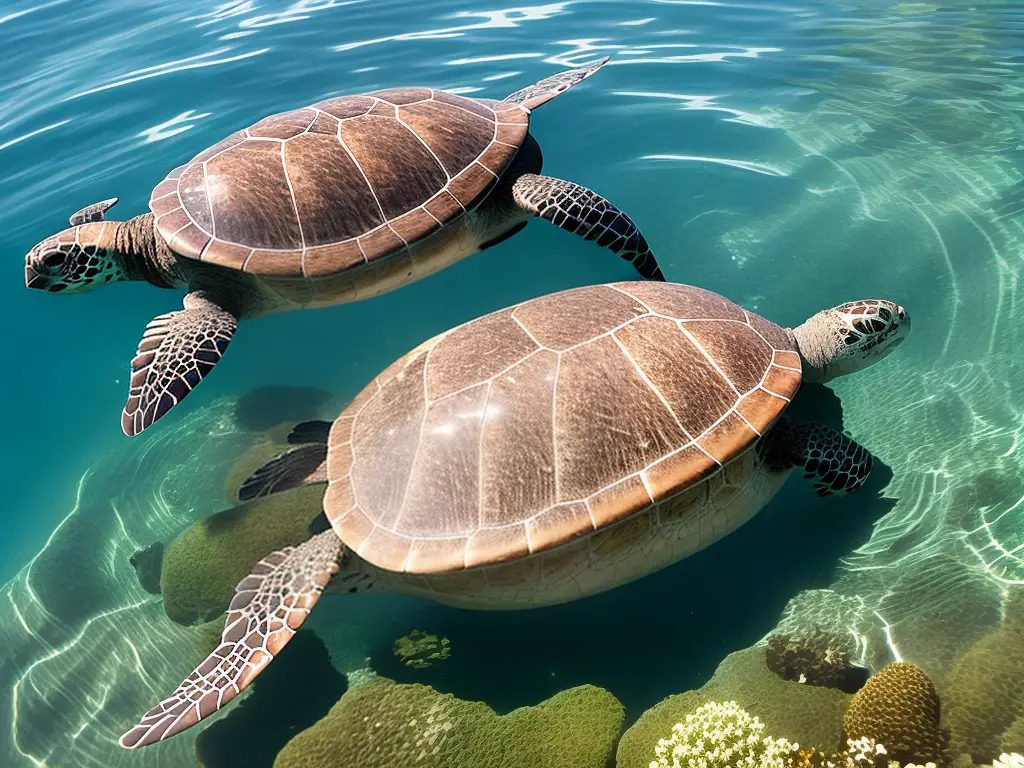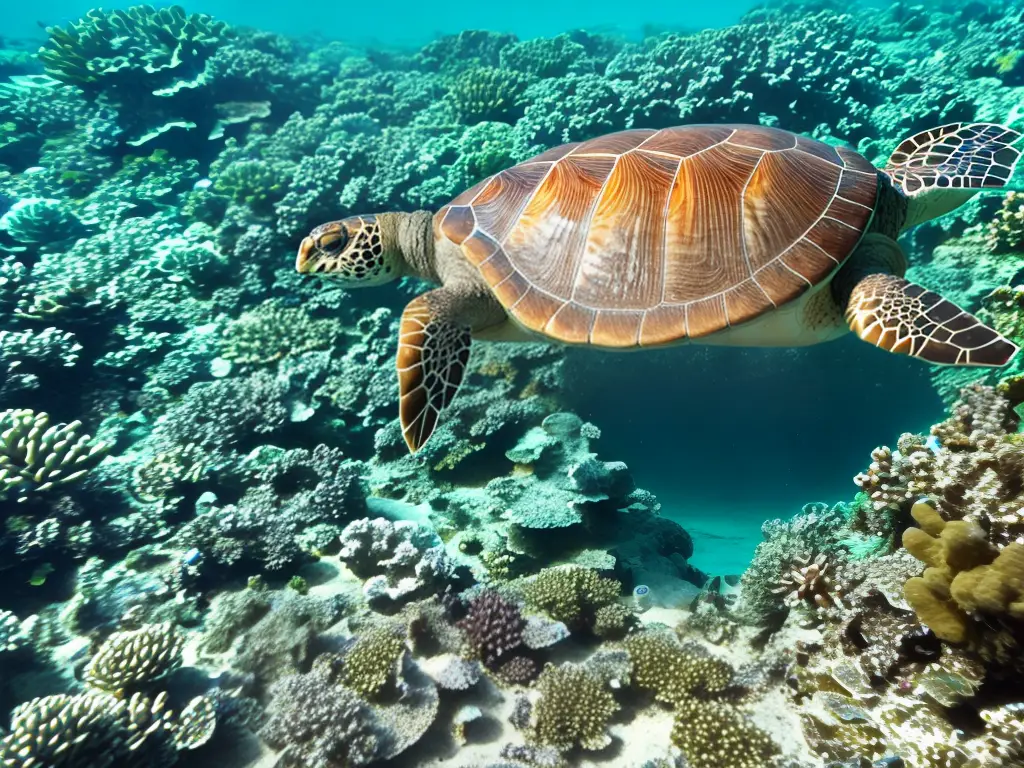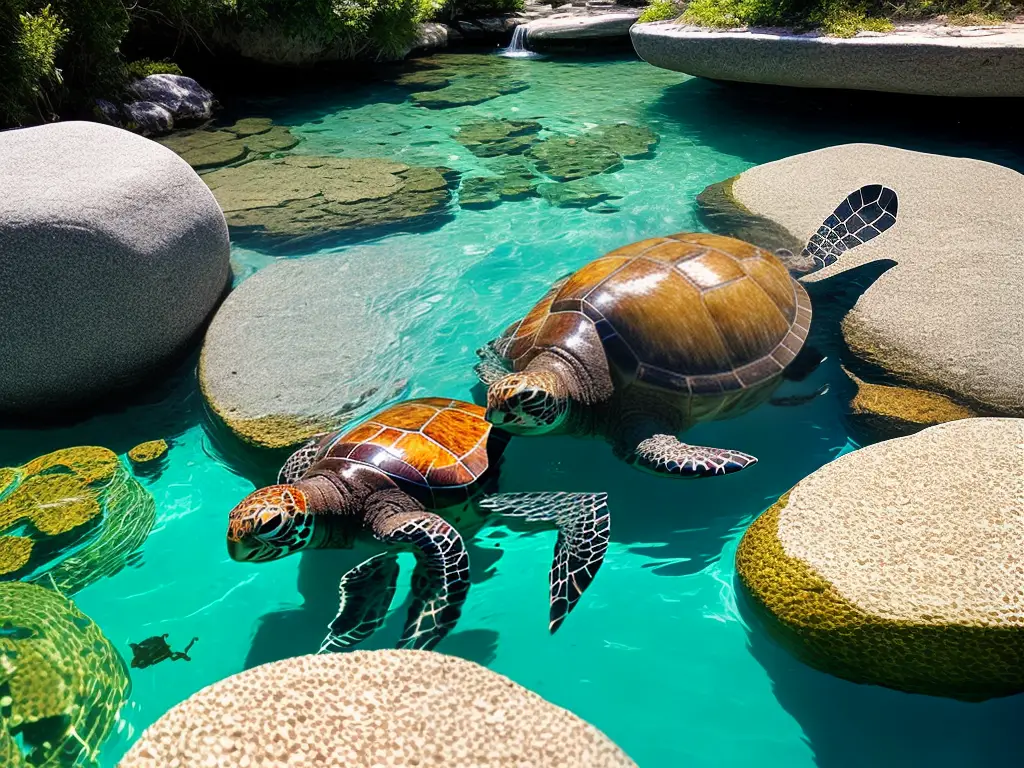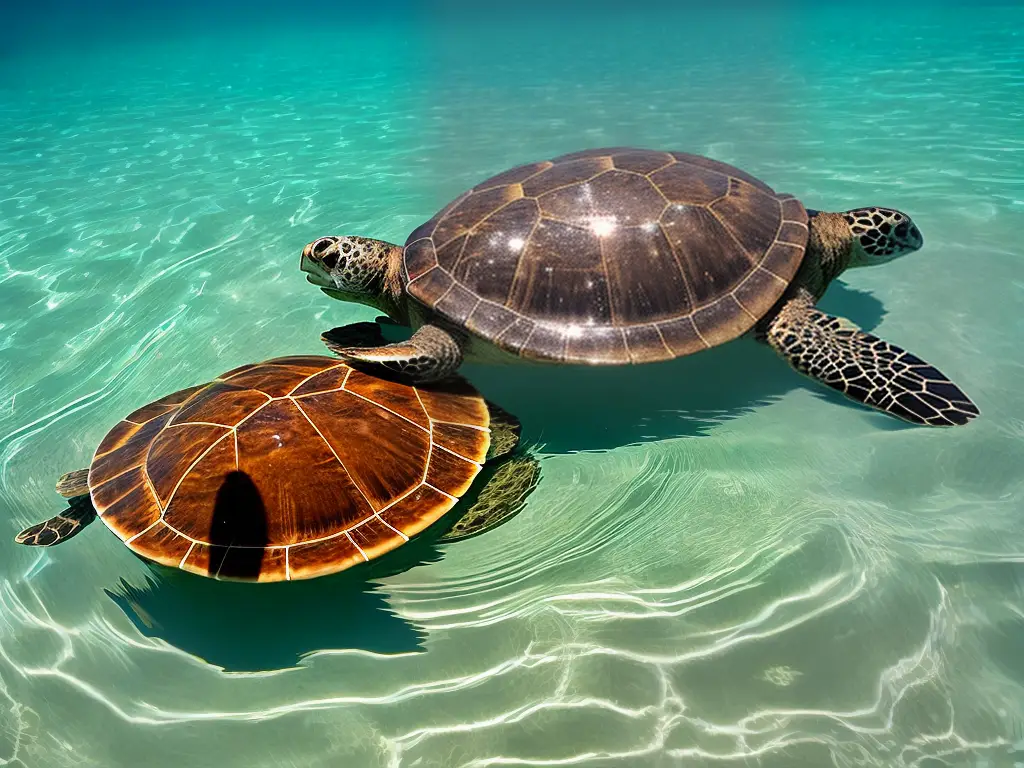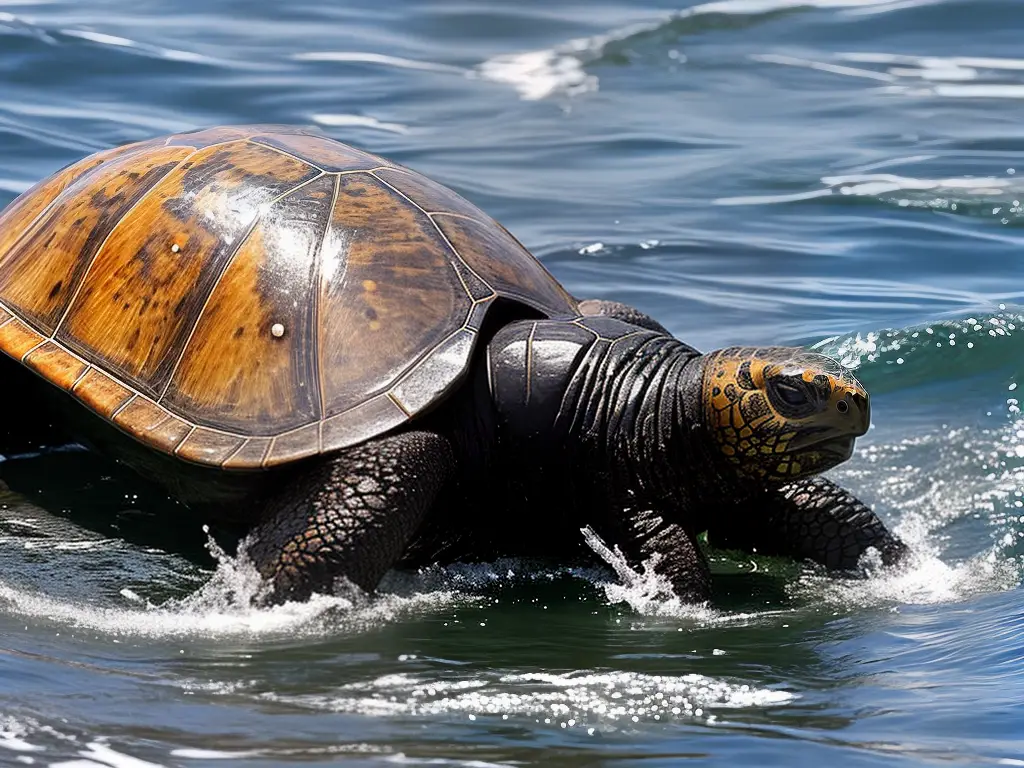Meerkats are small, sociable animals that are part of the mongoose family. They have a slim and long body, which is about 10-12 inches long, and a tail that is almost as long as their body. Their fur is usually a mix of gray, brown, and tan colors with dark bands across their back. One interesting feature of meerkats is their large, dark eyes surrounded by patches of black fur, which help them reduce the glare of the sun and see far distances clearly.
These little creatures are classified as Carnivora, which means they primarily eat other animals. Insects are their main source of food, but they also eat small mammals, birds, and reptiles. To find their prey, meerkats have keen senses of smell, hearing, and sight. They use their sharp claws to dig and search for food under the ground.
Meerkats are well-adapted to their arid environment in the regions of southern Africa, like the Kalahari Desert. Their body features, such as their long thin tails, help them with balance while standing up on their hind legs to scan their surroundings. They have special adaptations in their ears and nose to keep out sand and dirt while they are digging or burrowing.
Meerkats are small, social animals that live in the grasslands and deserts of southern Africa, mainly found in countries like Botswana, Namibia, and South Africa. The area in which meerkats live is called the Kalahari Desert, which is a large, sandy region with very little rainfall throughout the year. This type of environment is called a semi-arid habitat, and meerkats have developed unique ways to survive in these harsh conditions.
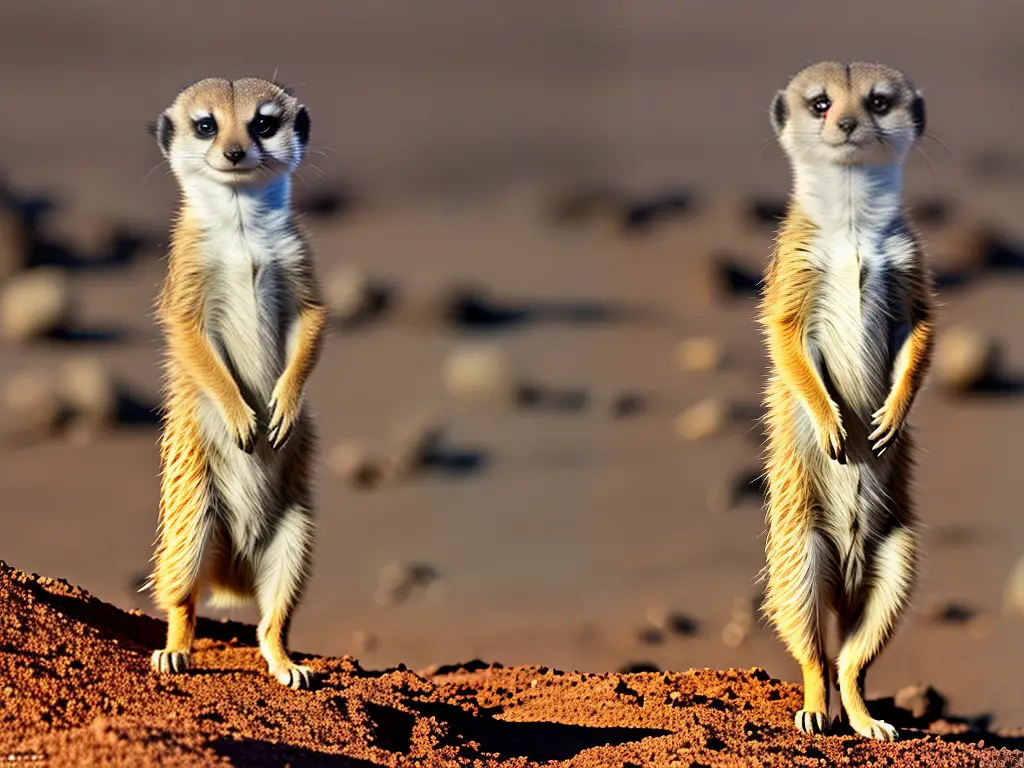
One characteristic that helps meerkats in their survival is their social behavior. They live in large groups called mobs or gangs, with up to 40 members. These groups allow them to work together to find food, protect their territory, and care for their young. When they are not on the lookout for predators or searching for food, meerkats enjoy playing and grooming each other, which helps strengthen their bonds within the group.
In order to survive in their habitat, meerkats have adapted to tolerate the extreme temperatures of the desert. The temperature in the desert can be quite hot during the day and drop drastically at night. Meerkats have a special coat of fur that helps them stay cool in the heat and warm in the cold. Their fur is short and light in color, which helps to reflect sunlight, keeping them from overheating during the day.
Meerkats also have long, sharp claws that they use to dig burrows in the sandy soil. These burrows are an essential part of their habitat, providing a place for meerkats to escape from the harsh sun, stay cool during the day, and keep warm at night. The burrows also serve as protection from predators, as meerkats can quickly retreat underground if they feel threatened.
Lastly, meerkats are skilled at finding food in their arid environment. They have a keen sense of smell that helps them locate insects and other small animals beneath the sand. They use their long, narrow snouts to dig through the sand and search for food. Meerkats also have a mutual relationship with other animals, such as birds, which not only help them find food but also warn them of potential dangers while they forage.

Having a diverse diet, meerkats consume various types of food. Primarily, they eat insects like beetles, spiders, crickets, and scorpions that they find in their environment. However, their diet isn’t limited to insects; they also enjoy small mammals, birds, eggs, and even some plants, such as fruits and seeds. This adaptability in their diet enables them to thrive in the harsh conditions where they live.
Finding and capturing food is quite a remarkable process for meerkats. They have sharp claws and a long, slender body that helps them dig into the ground to find insects and other prey. Meerkats are also well known for their amazing teamwork skills. When they go foraging for food, they work together as a group, keeping an eye out for predators and helping each other find more food.
Because of their diverse diet, meerkats get all the nutrients they need to stay healthy. Their diet provides them with enough energy to be active during the day and it helps them maintain a strong immune system, which is important for fighting off diseases. However, their diet can also affect their life expectancy, as they sometimes eat poisonous creatures like scorpions – but luckily, they have developed some immunity to their venom.
Meerkats are fascinating little creatures that typically have a life expectancy of about 12 to 14 years in captivity, while in the wild, they generally live for about 6 to 8 years. This difference in lifespan is mainly due to the fact that in captivity, meerkats are protected from predators, have a steady supply of food, and receive veterinary care when they are unwell.
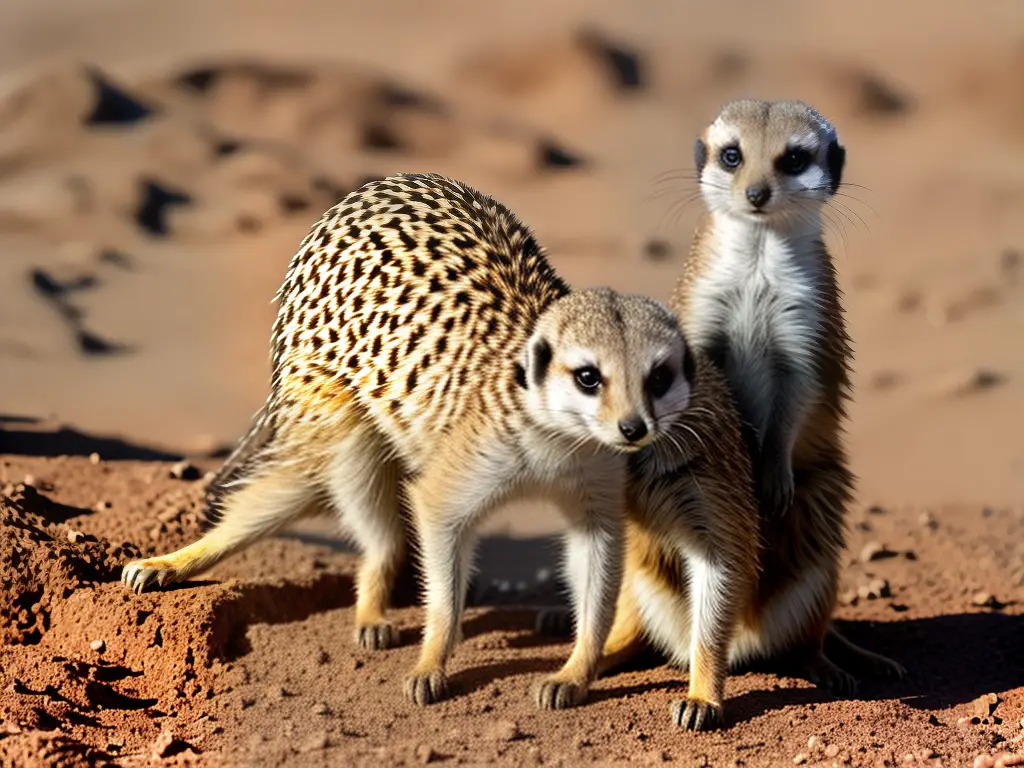
Living in large groups called mobs, gangs, or clans, meerkats are known for their complex social structure, where each member has a specific role to play in the community. These groups usually have around 20-30 members but can sometimes grow to be as large as 50 meerkats! This cooperative lifestyle helps them survive in the harsh environments of the Kalahari Desert in southern Africa, where their life expectancy tends to be shorter than in captivity.
In a meerkat group, there is a strict hierarchy, with an alpha male and an alpha female at the top. The alpha pair is responsible for making important decisions for the group, like where to find food and when to move to a new burrow. They also enjoy certain privileges, such as being the first to eat and having the right to reproduce. All the other meerkats in the group are called subordinates, and they have different roles, like babysitting, foraging for food, or guarding the group.
Meerkats show a great amount of cooperation within their communities. For example, they often take turns keeping watch for predators while the others forage for food. They use different sounds to warn each other of potential dangers, like birds of prey or snakes. Also, when the alpha female gives birth to babies, called pups, the whole group helps to care for them. The subordinates will even act as babysitters for the pups, keeping them safe and teaching them important skills needed for survival.
Meerkats are small mammals that live in the grasslands of southern Africa, known for their social behavior and curious nature. Although they are quick and agile, they still face many predators and threats in the wild. To handle these challenges, meerkats live in close-knit communities, working together to protect themselves and find resources.
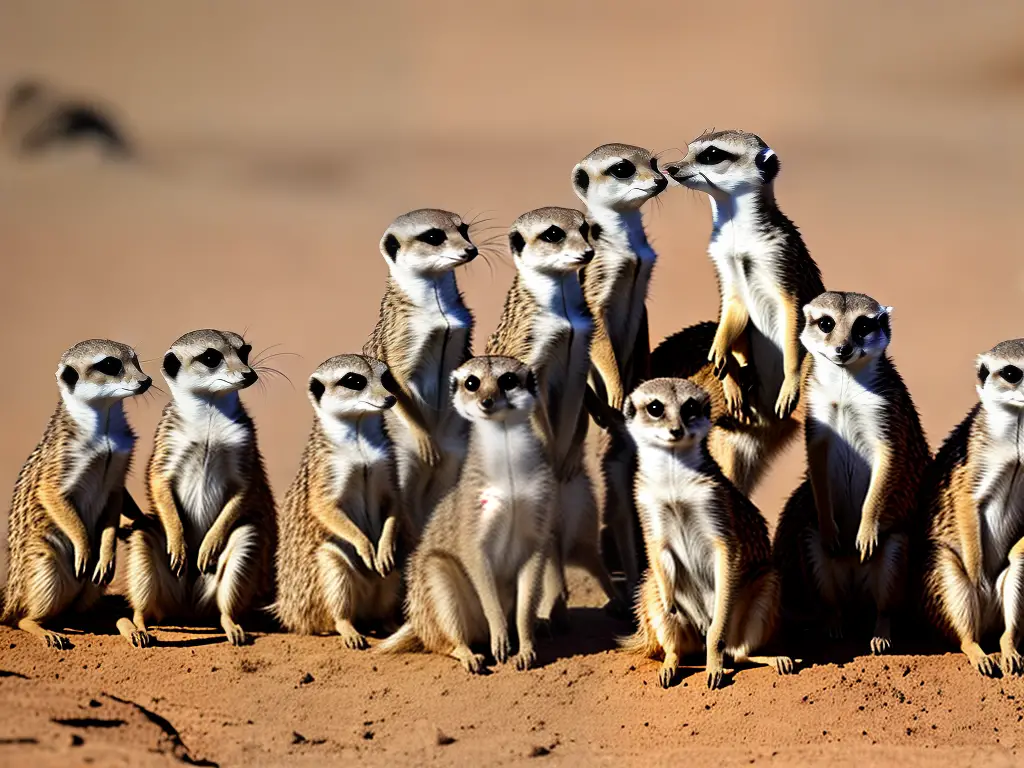
Their unique social structure and cooperation have allowed meerkats to thrive in their harsh desert homes. By living in these tight-knit groups, they can better defend themselves against predators and more easily locate food and resources. This demonstrates the power of teamwork in the animal kingdom and contributes to the meerkats’ life expectancy.
Natural predators of meerkats include birds of prey, such as eagles and hawks, as well as jackals, snakes, and large carnivorous mammals. These predators can swoop down from the sky or sneak up on meerkats while they are foraging for food. To protect themselves from these threats, meerkats rely on their keen senses, excellent communication, and lookout system within their group.
Aside from their natural predators, meerkats also face threats from habitat loss and climate change. As humans expand into meerkats’ natural territories, the grasslands they call home are shrinking, making it harder for these animals to find food and shelter. Additionally, climate change has caused unpredictable weather patterns, which can also negatively impact meerkats’ habitats
Meerkats are fascinating animals that play an important role in maintaining the balance of their ecosystem. They live in groups called ‘clans’ or ‘mobs’, and just like humans, they experience the process of reproduction to keep their species alive. By creating protected areas, reducing deforestation, and limiting our impact on the environment, we can help ensure that meerkats continue to thrive in the wild.
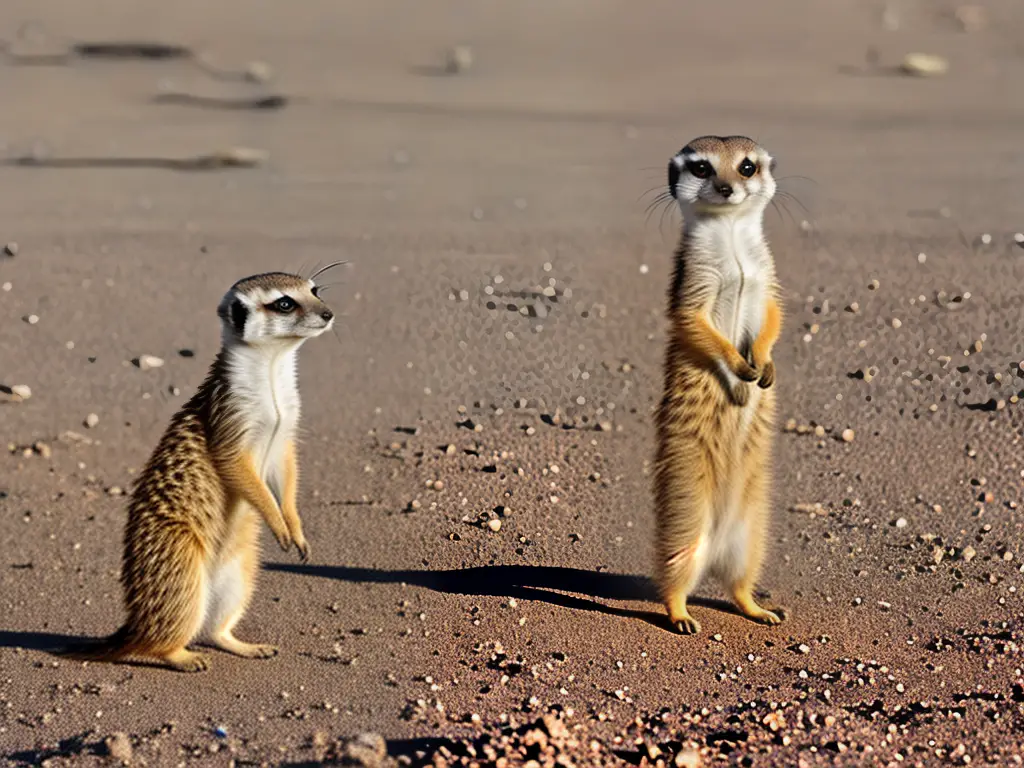
Now, let’s dive deeper into the meerkat’s lifestyle, including their reproduction process, mating habits, and how they care for their young. With a better understanding of these captivating animals, we can appreciate the importance of preserving their habitats and ensuring their future survival!
When it comes to meerkat reproduction, the alpha male and alpha female are the ones who breed. Being the leaders of the clan, they make sure that their offspring will continue the group’s bloodline. Usually, meerkats mate in the rainy season when there is enough food available to support the new babies. Isn’t it interesting how they plan it all during the best time?
Once the meerkat couple has mated, it takes around 11 weeks for the babies, called ‘pups’, to be born. A typical meerkat litter has 2-5 pups, but sometimes there can be more! When the pups are born, they are tiny, hairless, and completely dependent on their mother. The whole clan comes together to help take care of them. That’s what you call teamwork!
Meerkats are small, social mammals found in the southern African region. They live in groups called clans, where each member works together to keep their family safe and fed. As the young meerkat pups grow, their parents and other helpers in the clan teach them important skills such as finding and catching food, recognizing what is safe to eat, and communicating with their clanmates.
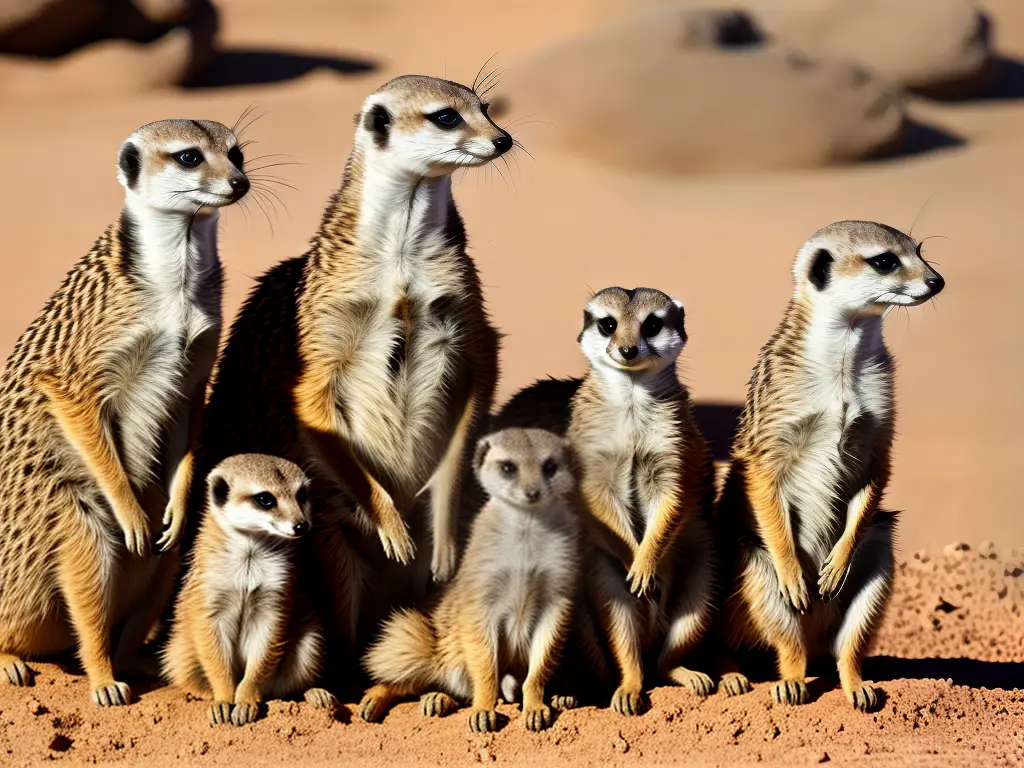
By the time they are about one year old, meerkat pups are considered adults. At this stage, some young meerkats may choose to leave their clan to join another, find a mate, and start their own families. With their strong sense of teamwork and community, meerkats can live up to 6 to 7 years in the wild. However, challenges such as habitat loss, changes in food availability, and predation have led to a decline in their populations.
Conservation efforts play a significant role in protecting these fascinating creatures and their habitats. One of the ways conservationists are working to help meerkats is by creating and maintaining protected areas like wildlife reserves and national parks. These areas provide a safe space for meerkats and other species to live, breed, and thrive in.
Another important aspect of meerkat conservation is public education and awareness. Organizations and researchers work diligently to raise awareness about the importance of meerkats, their declining populations, and the threats they face. This involves creating informative resources, hosting events, and providing opportunities for people to learn more about meerkats and the efforts to save them.
Finally, communities and governments need to work together to create sustainable land management practices that support both meerkat populations and human communities. This includes developing alternative land-use practices that reduce habitat loss and finding ways to minimize human-wildlife conflicts. If everyone does their part to help protect meerkats, we can improve their life expectancy and ensure that future generations can continue to learn from and enjoy these fascinating animals.
